

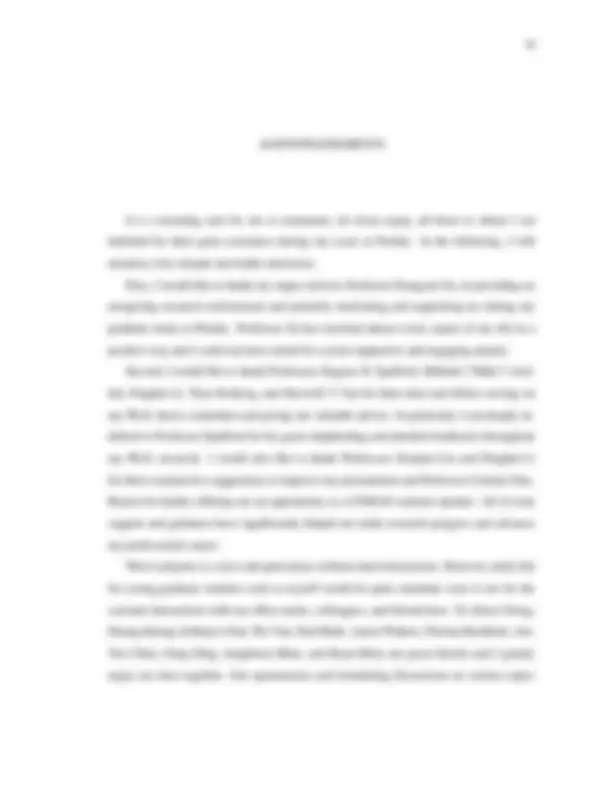
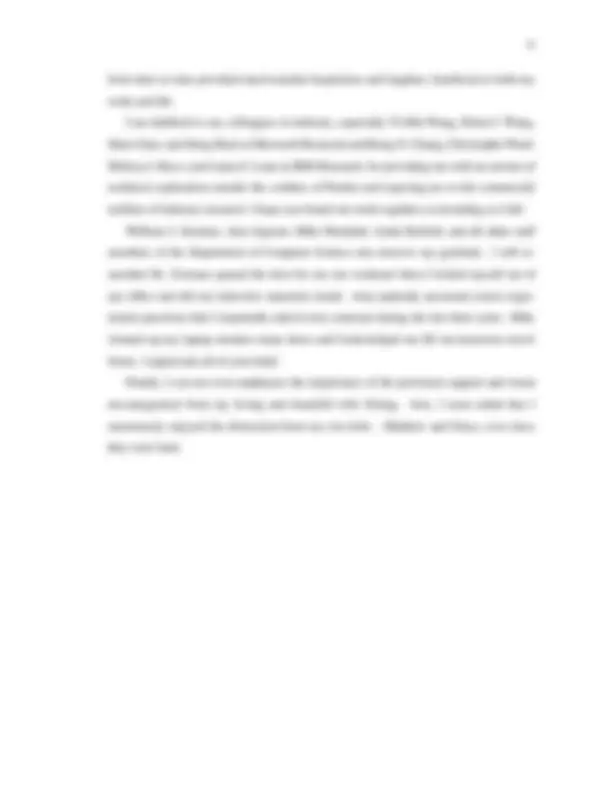
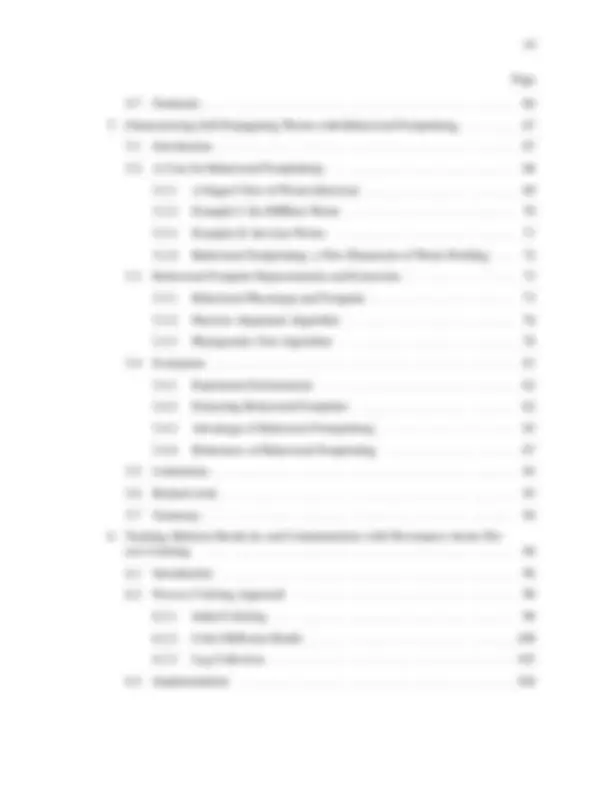
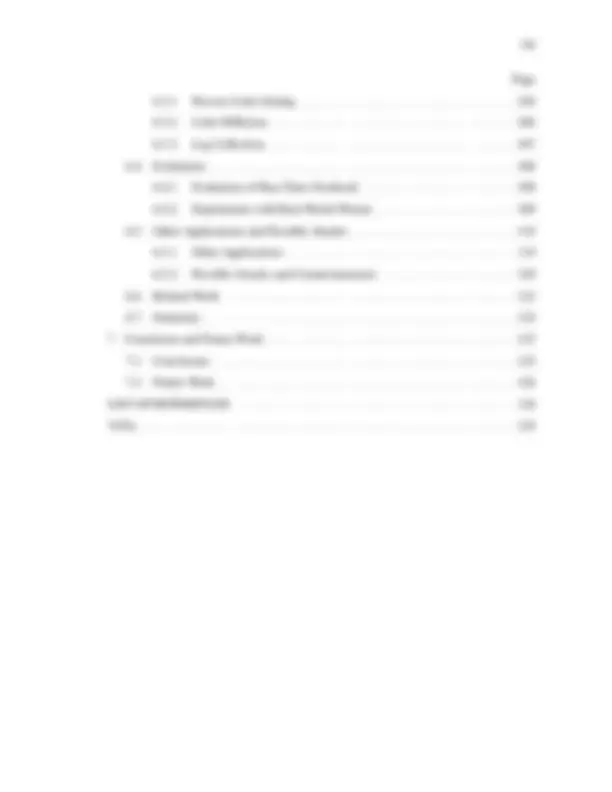
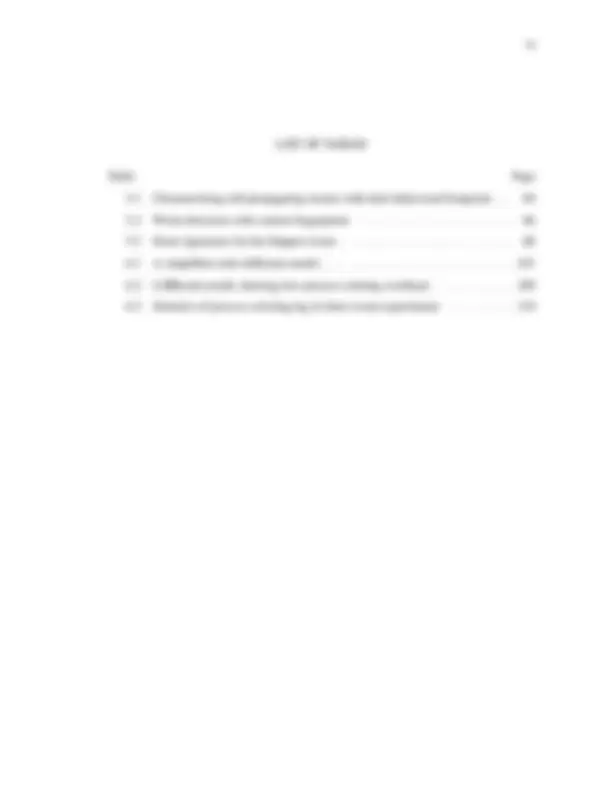
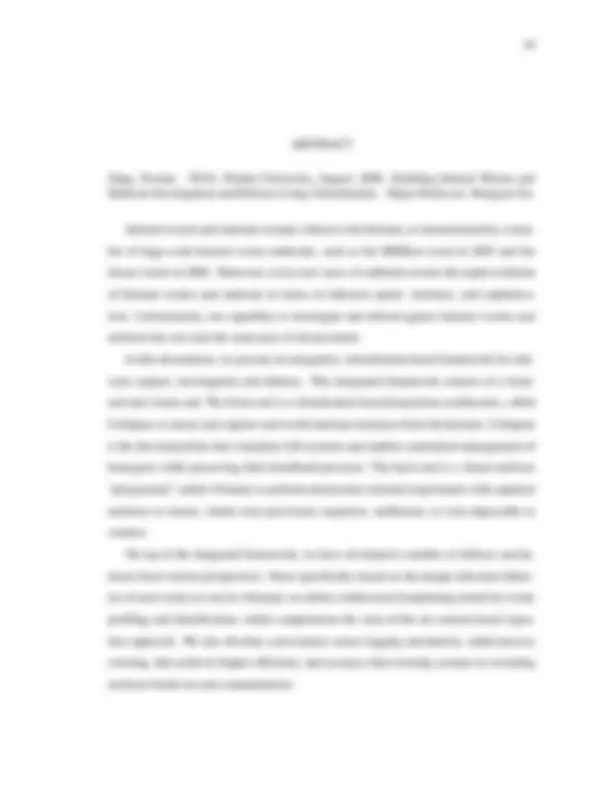
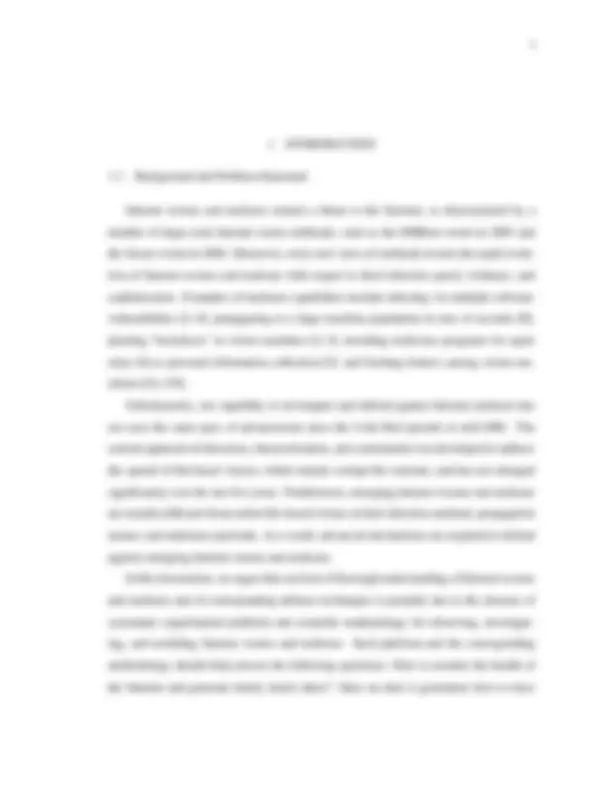
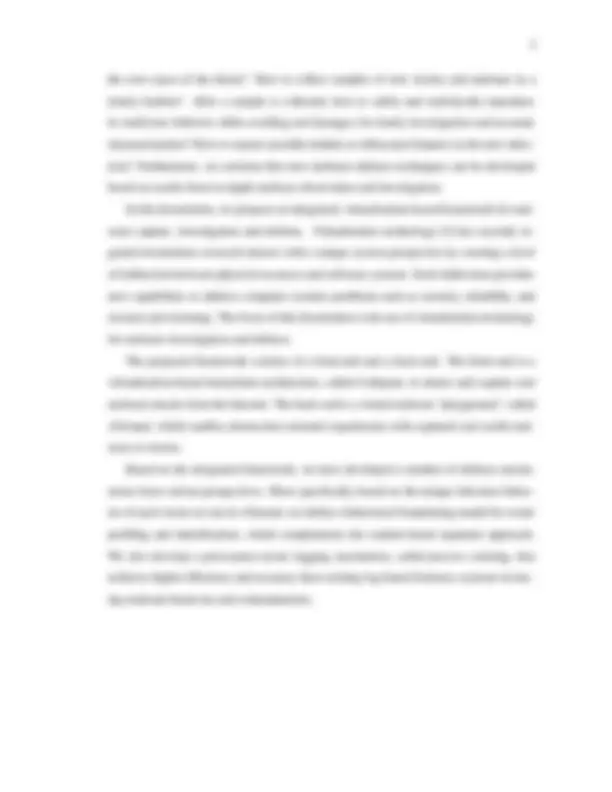
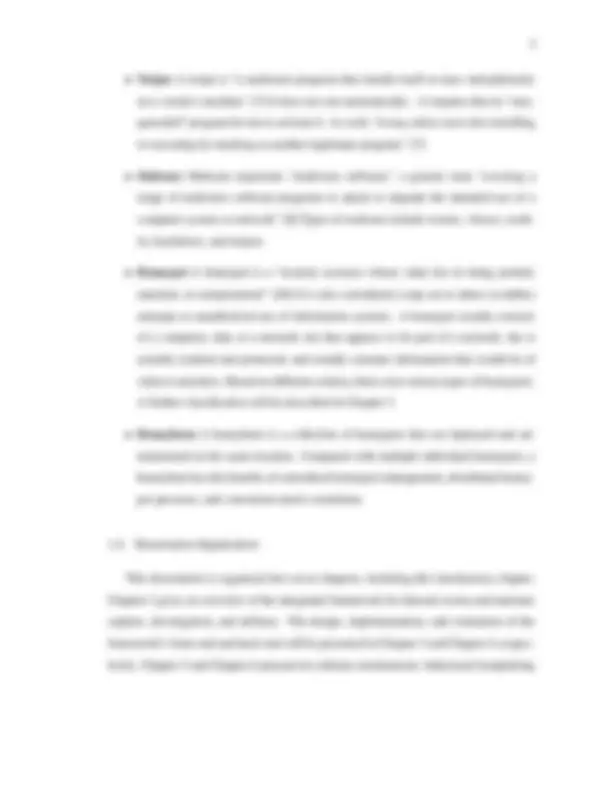

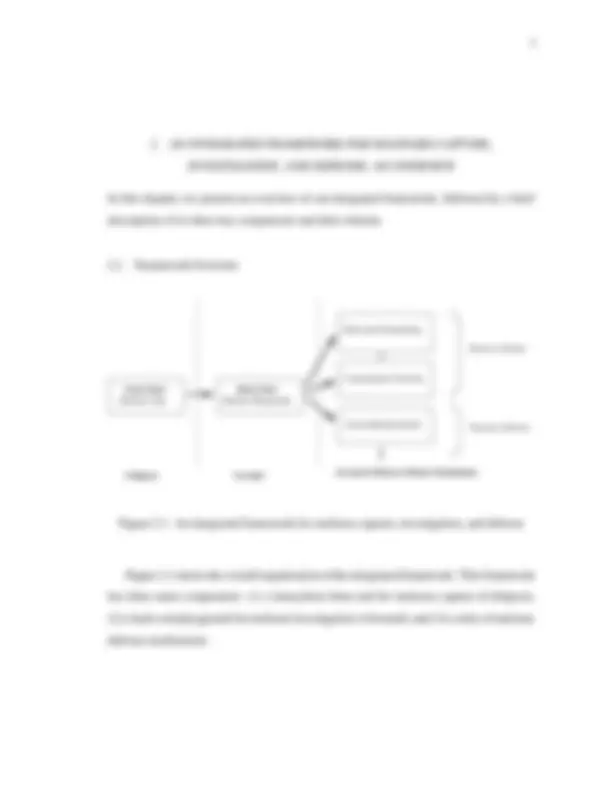
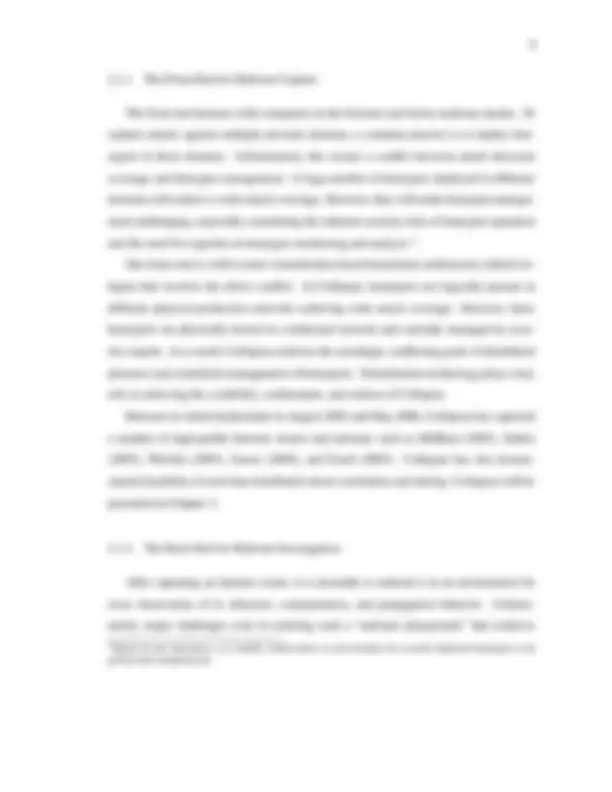
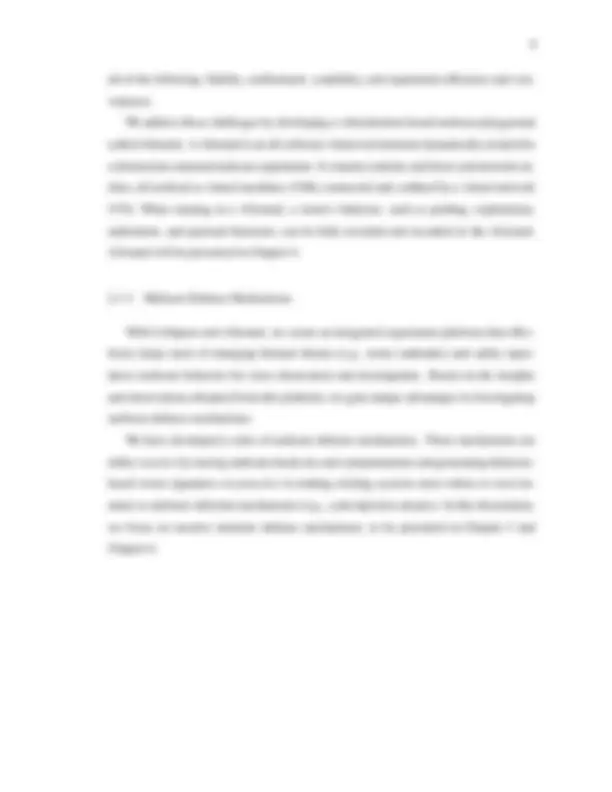
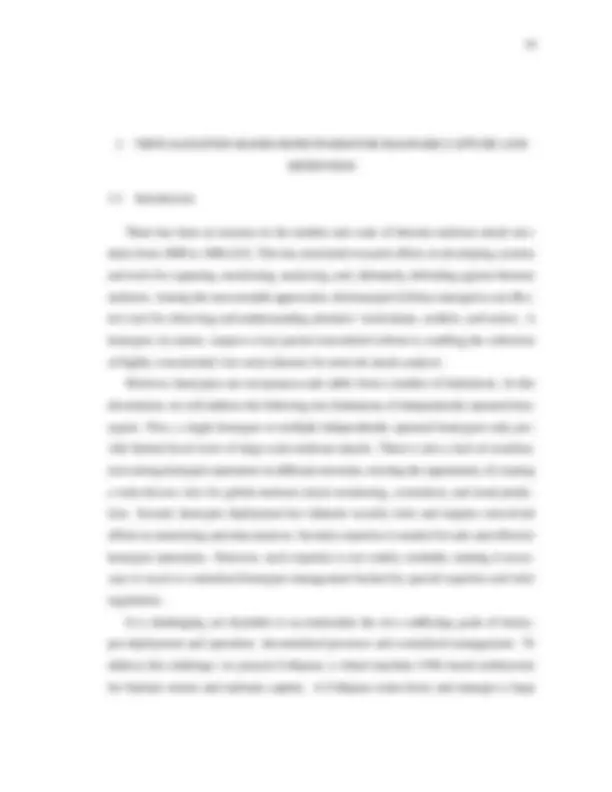
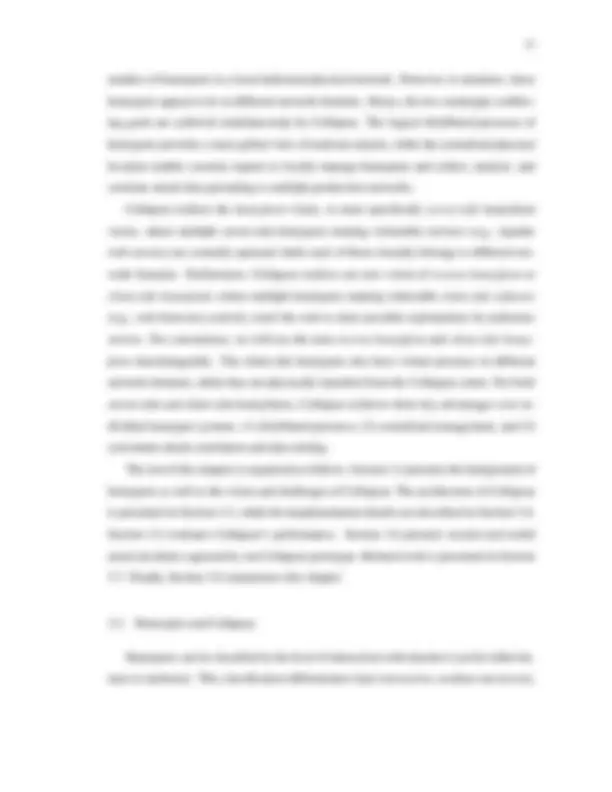
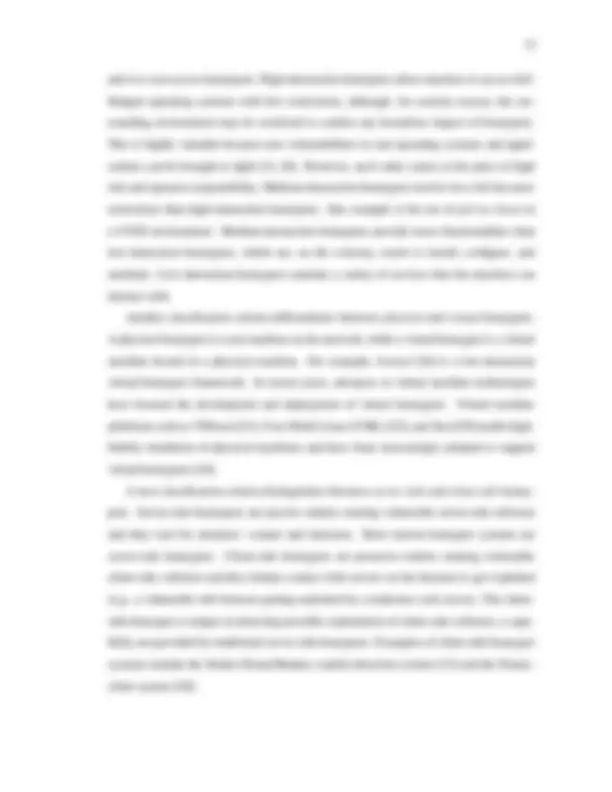
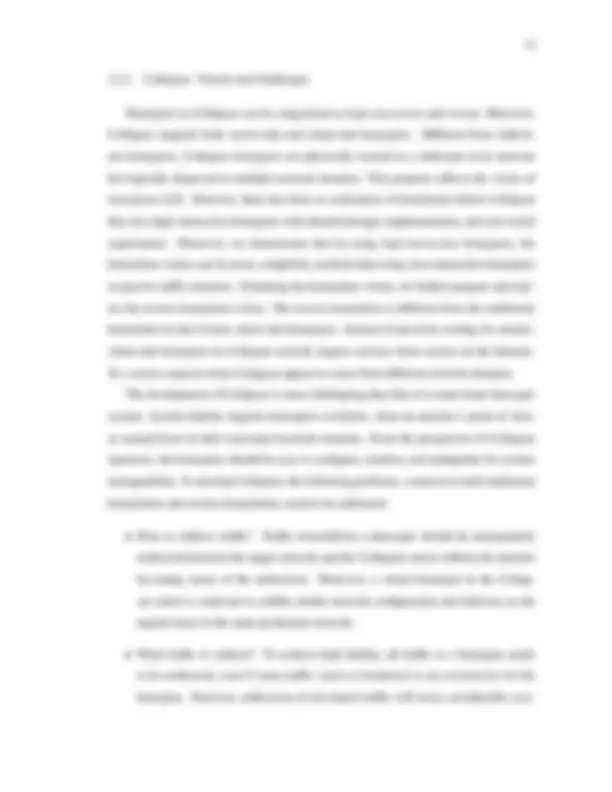
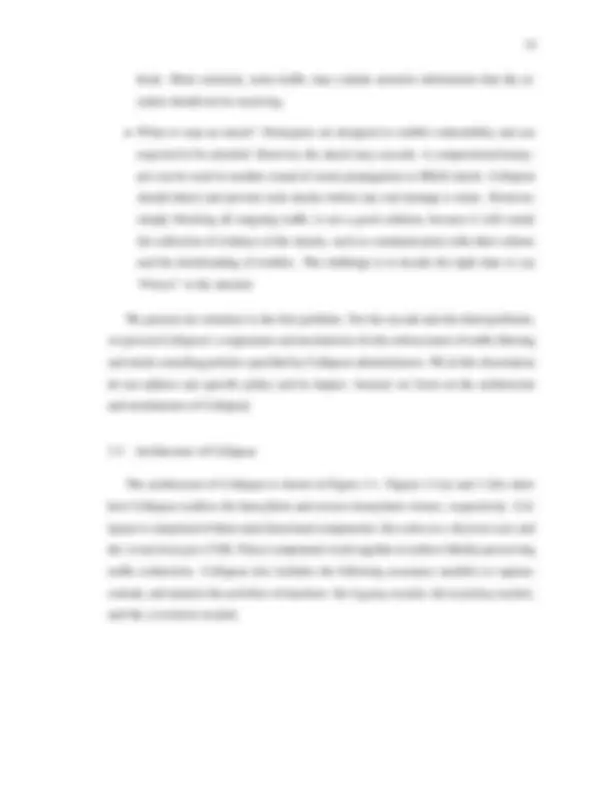
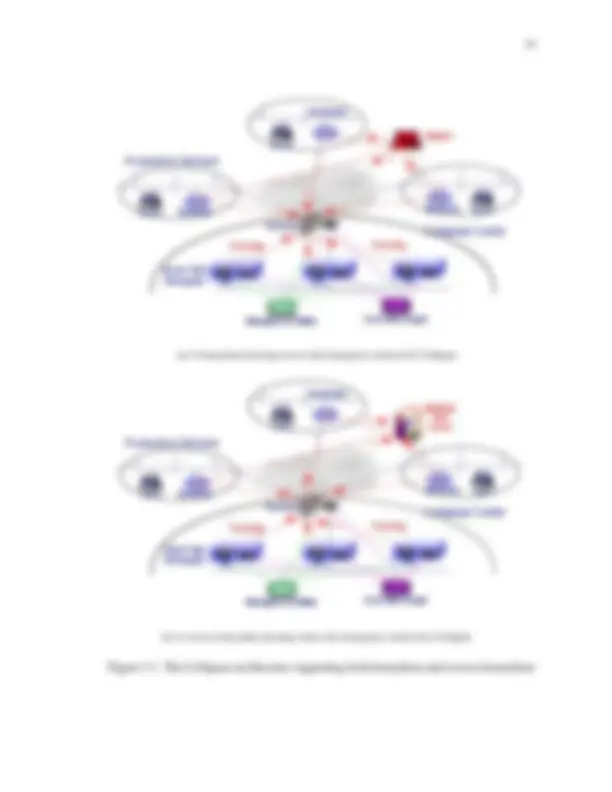
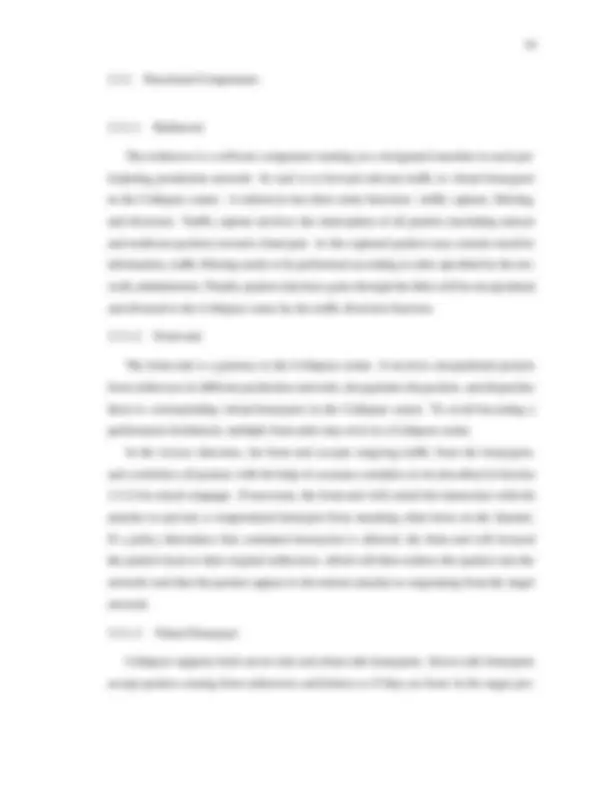
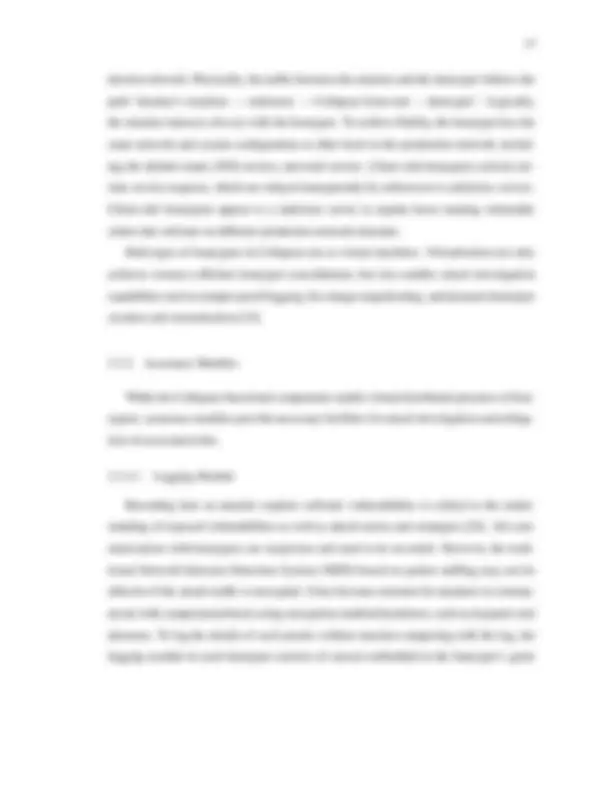
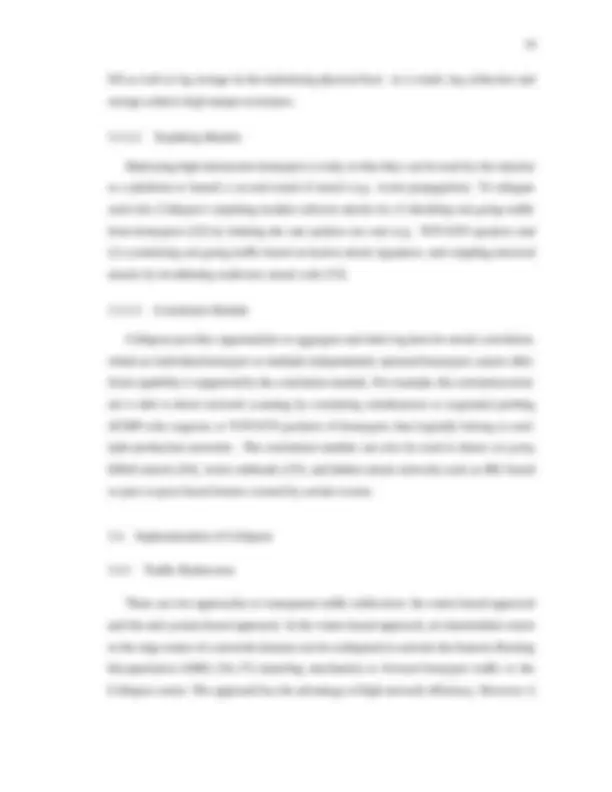
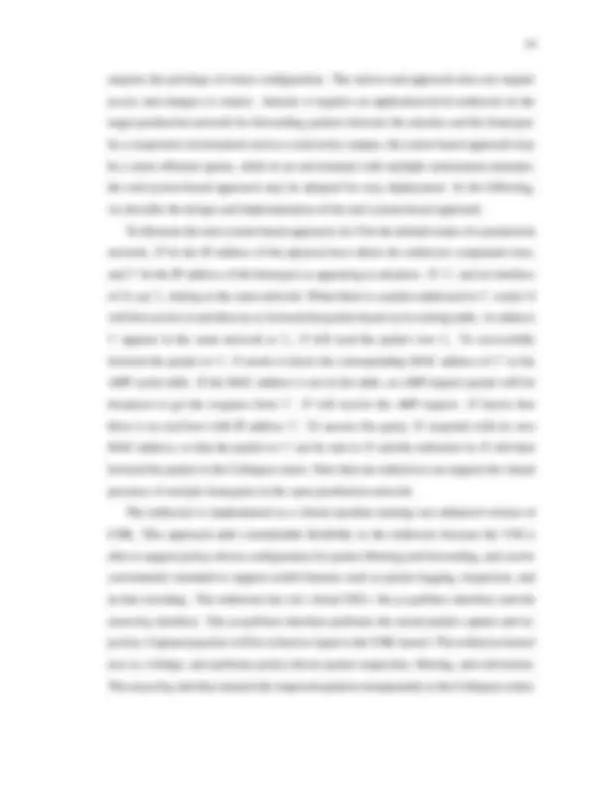
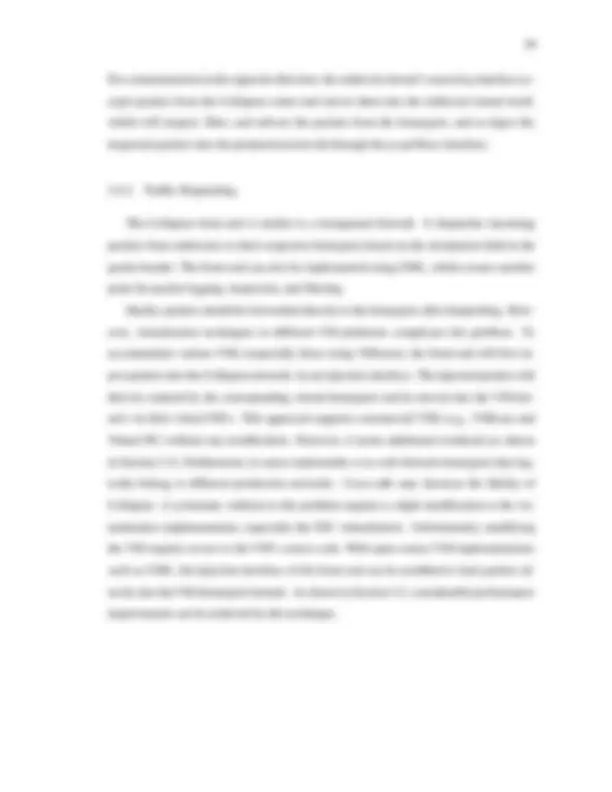
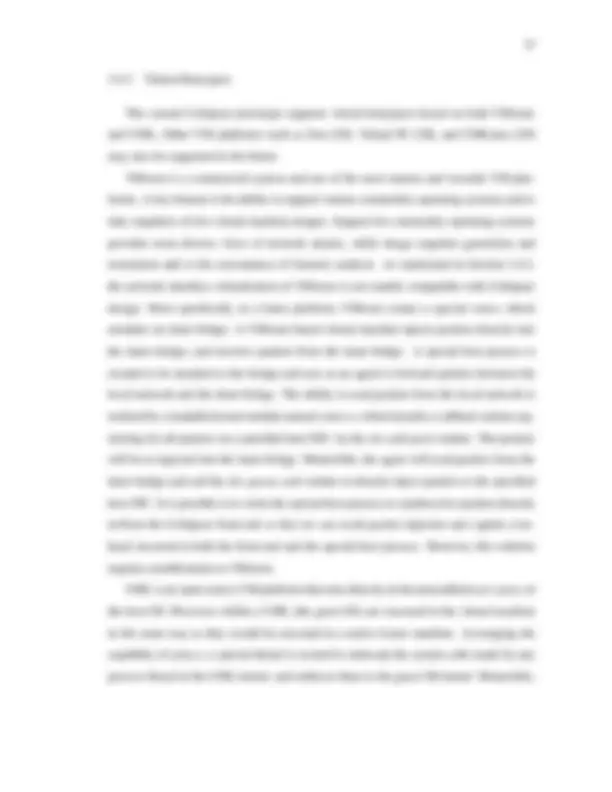
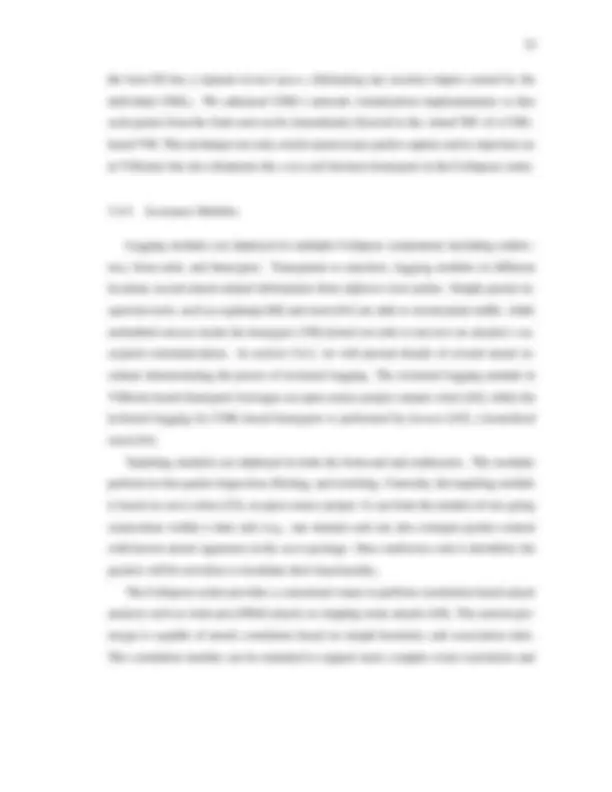
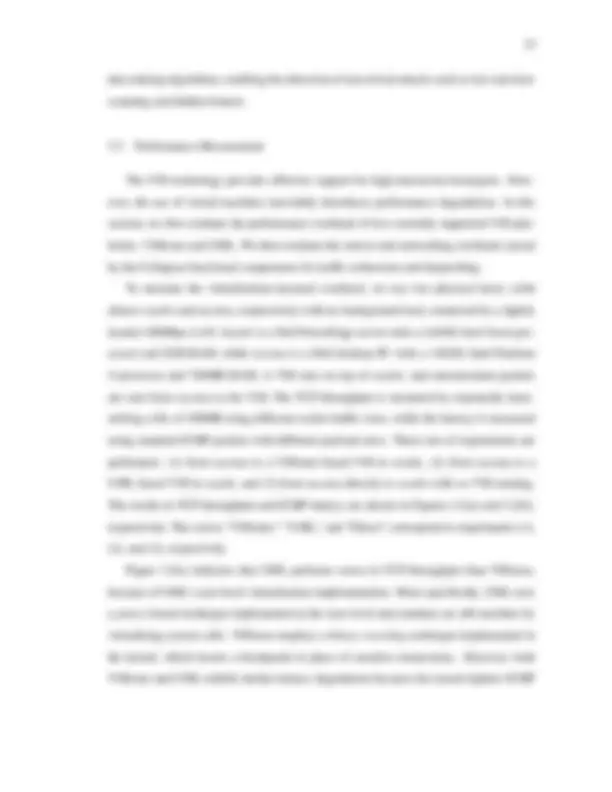
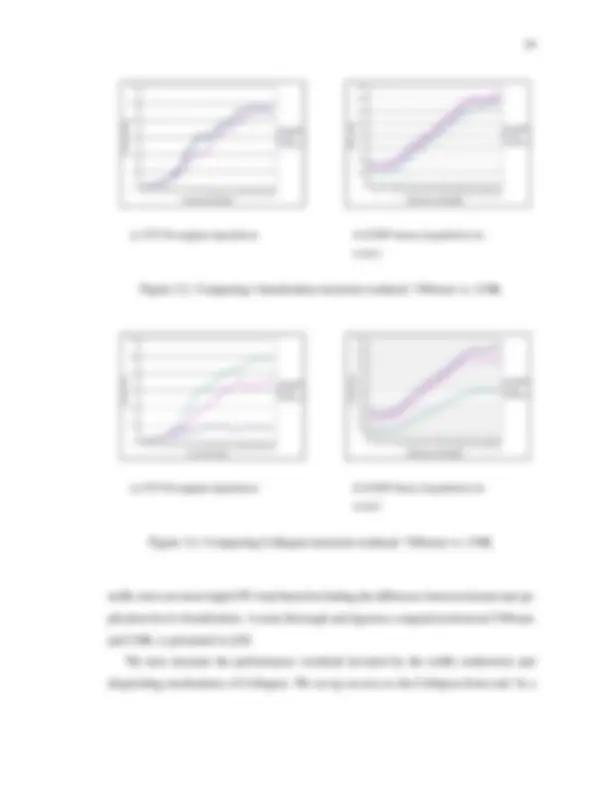
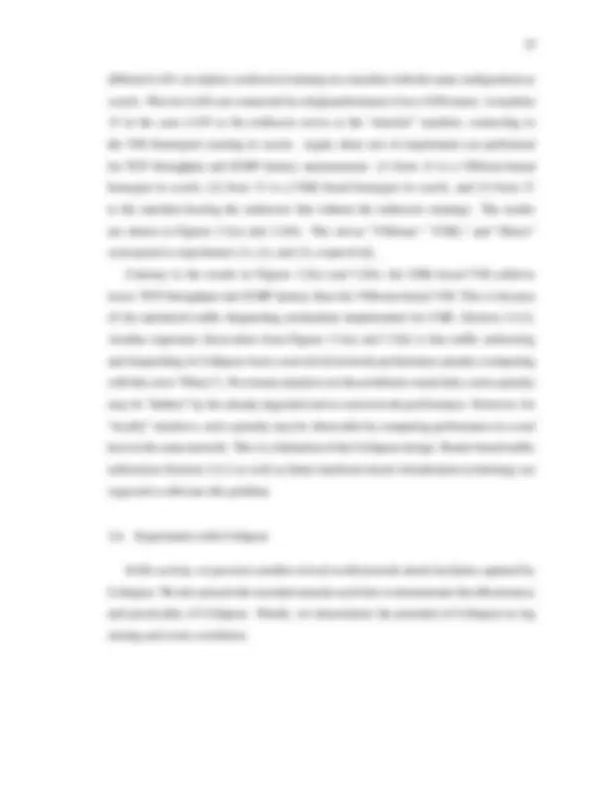
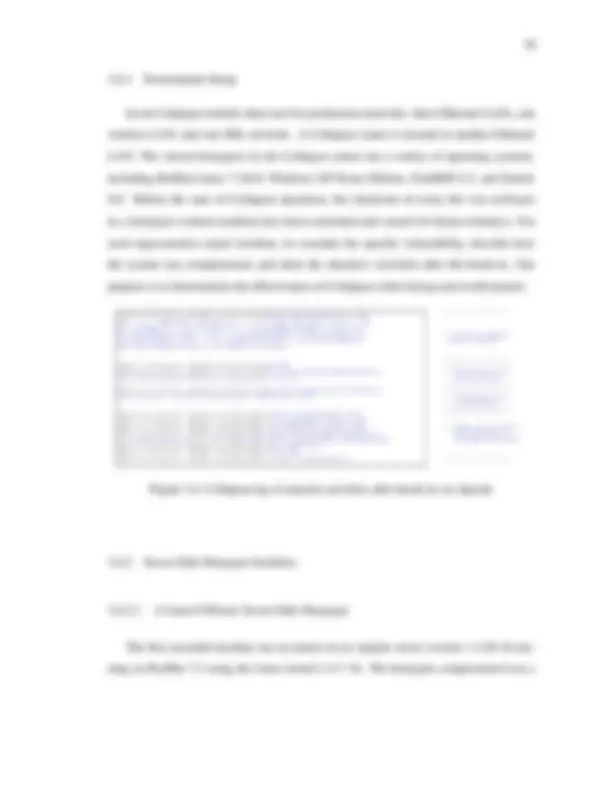
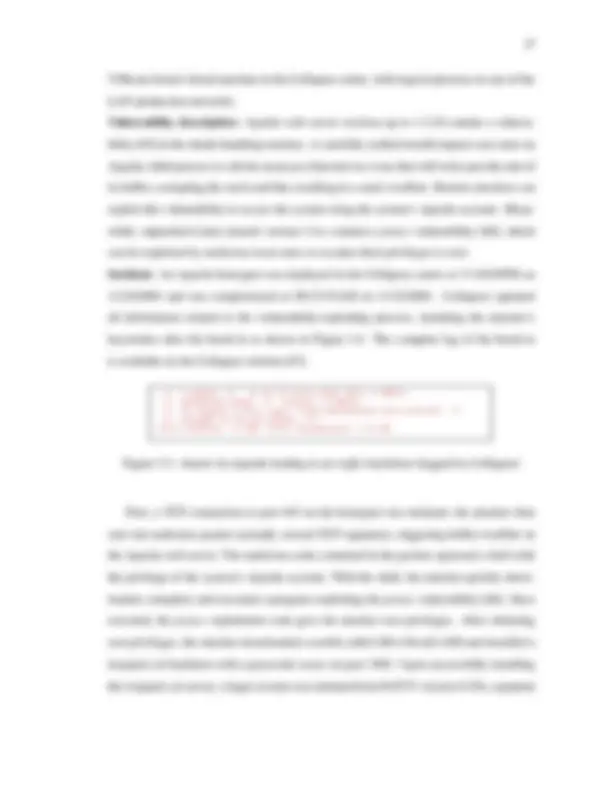
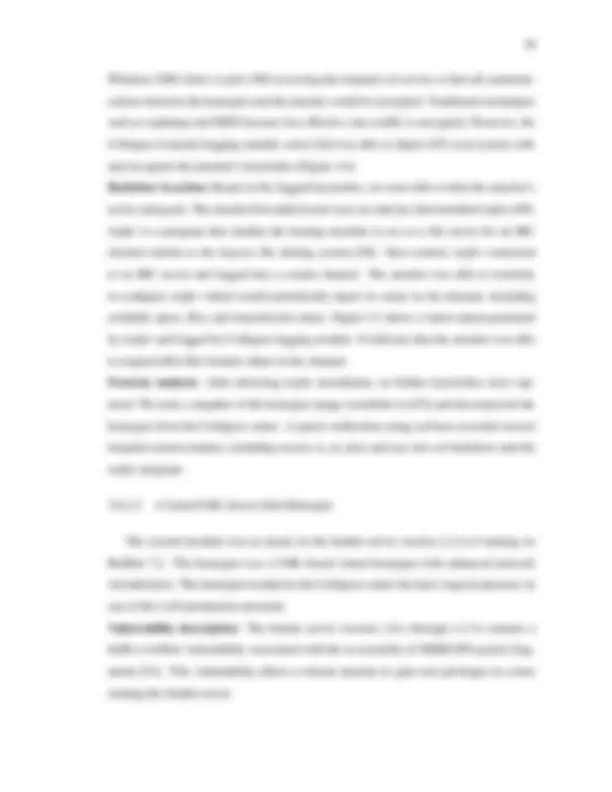
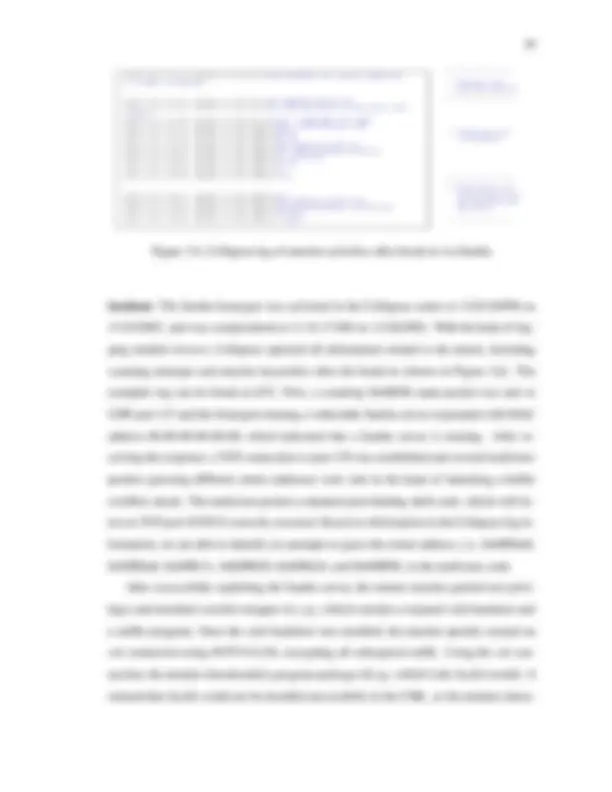
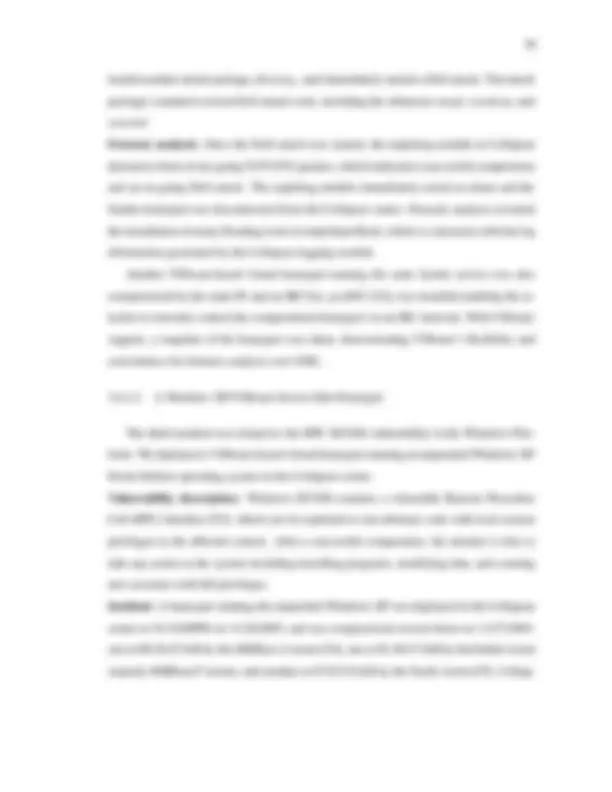
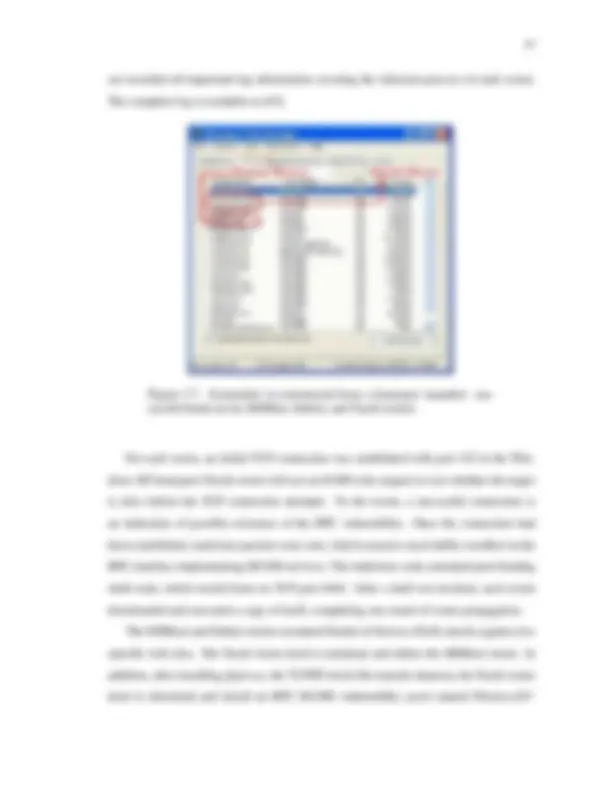
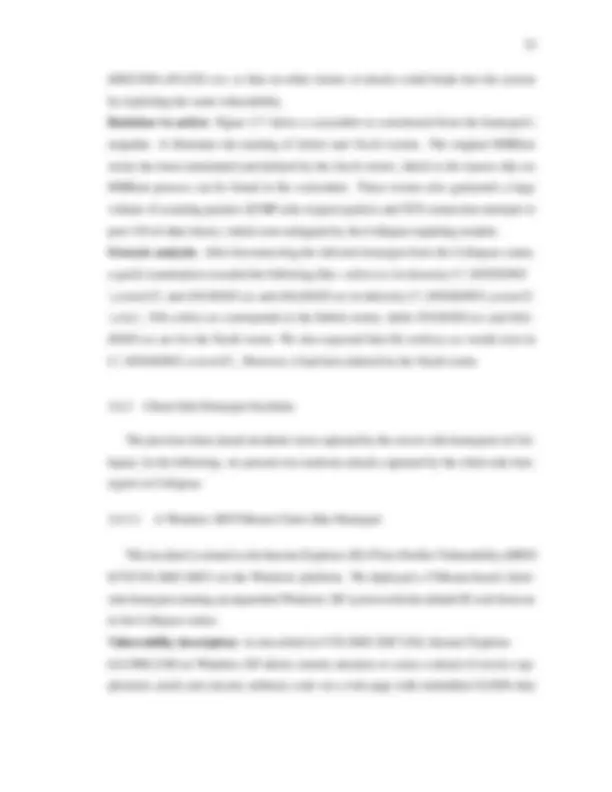
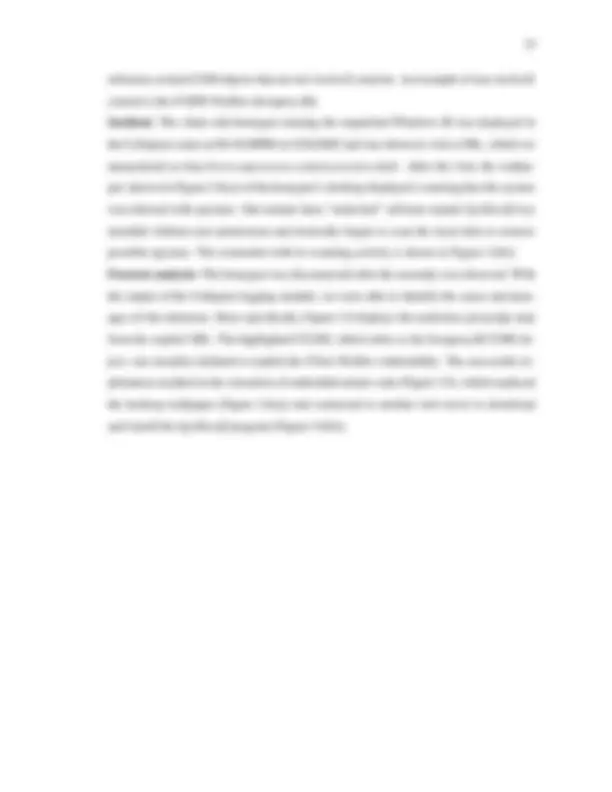
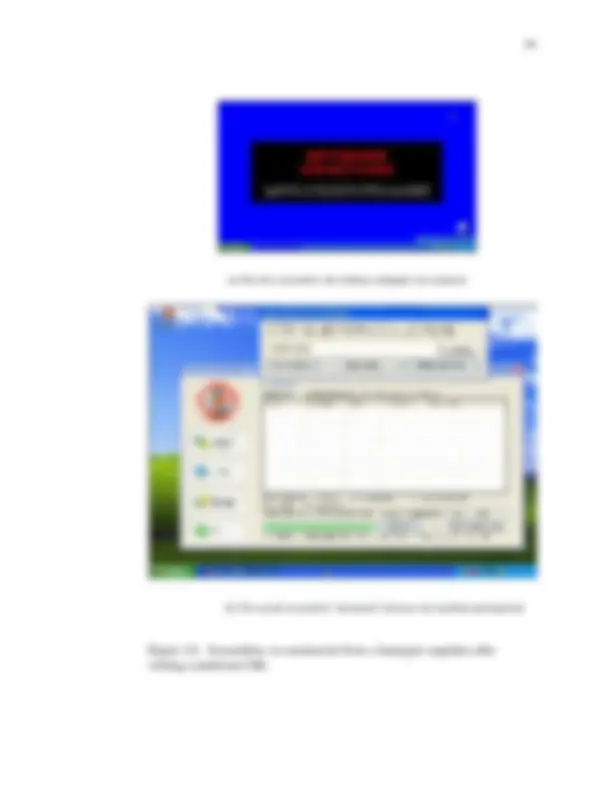

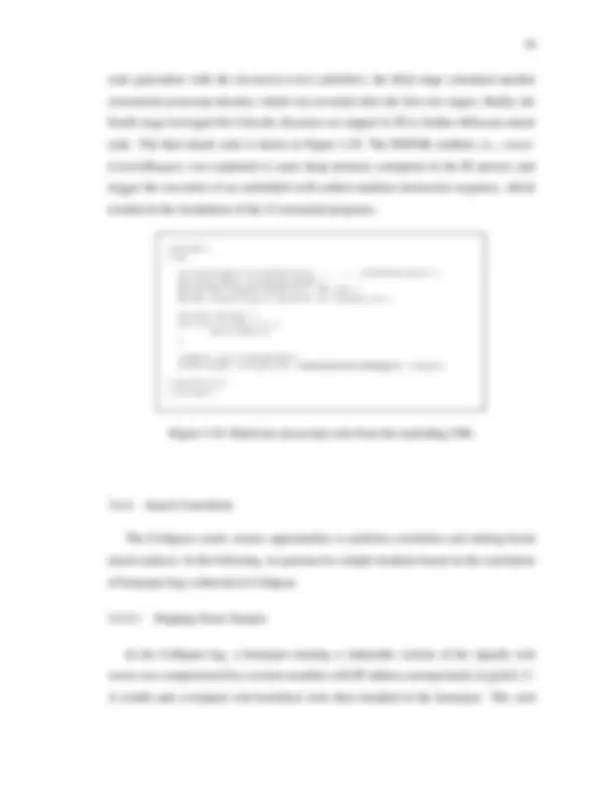
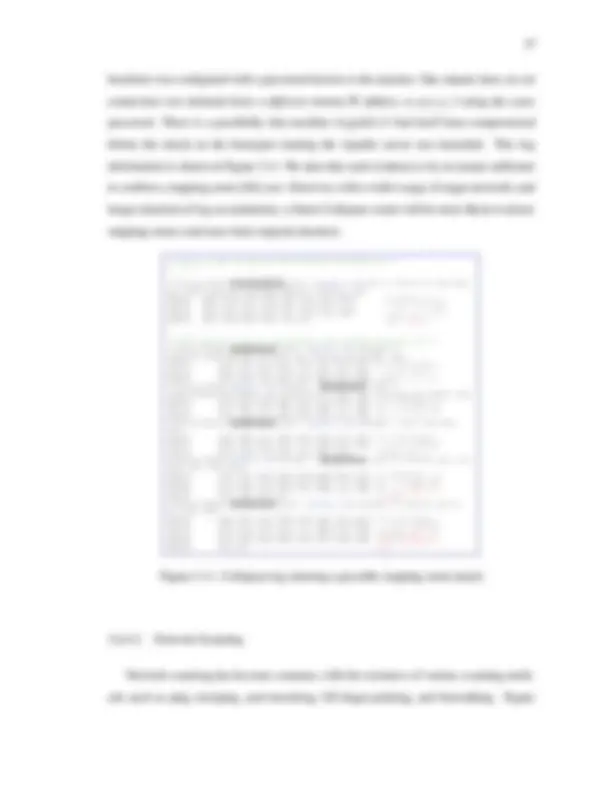
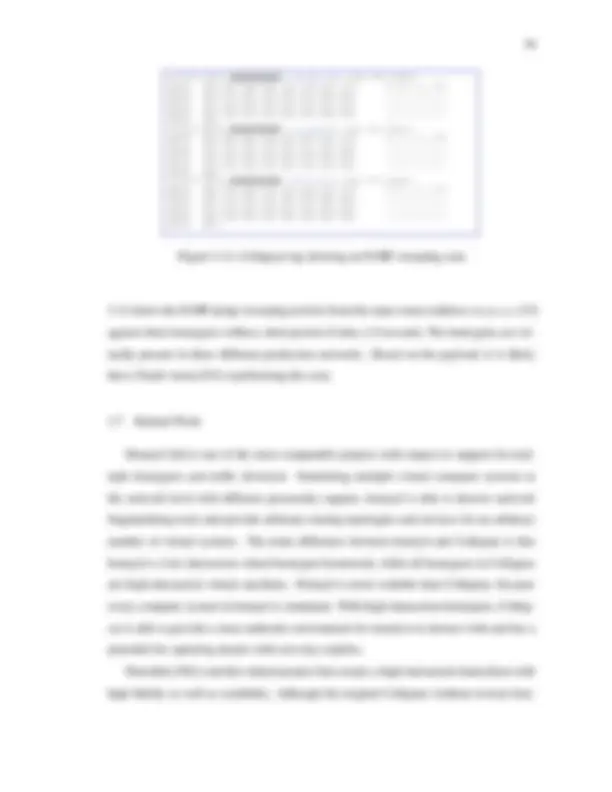
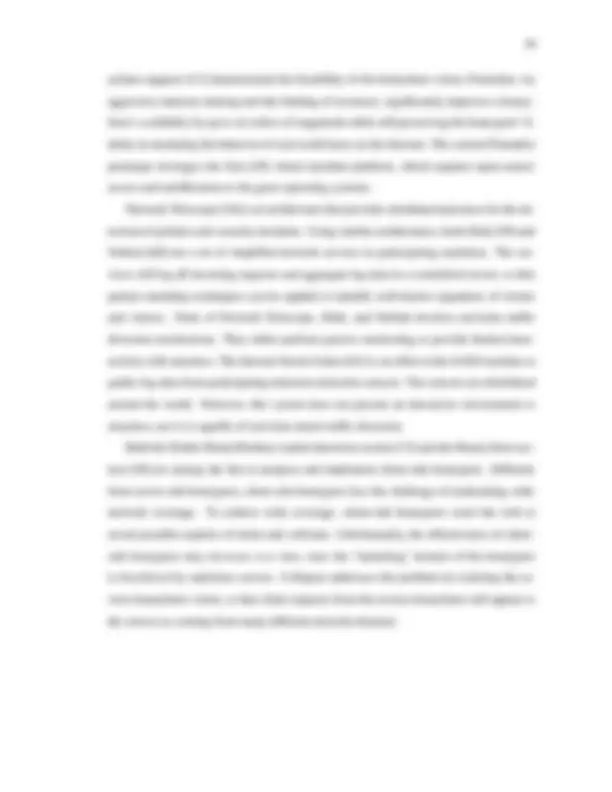
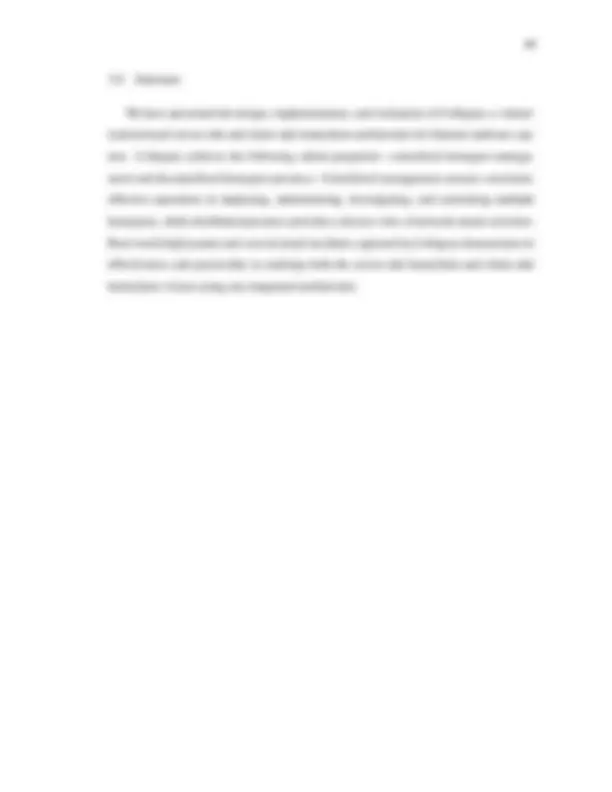
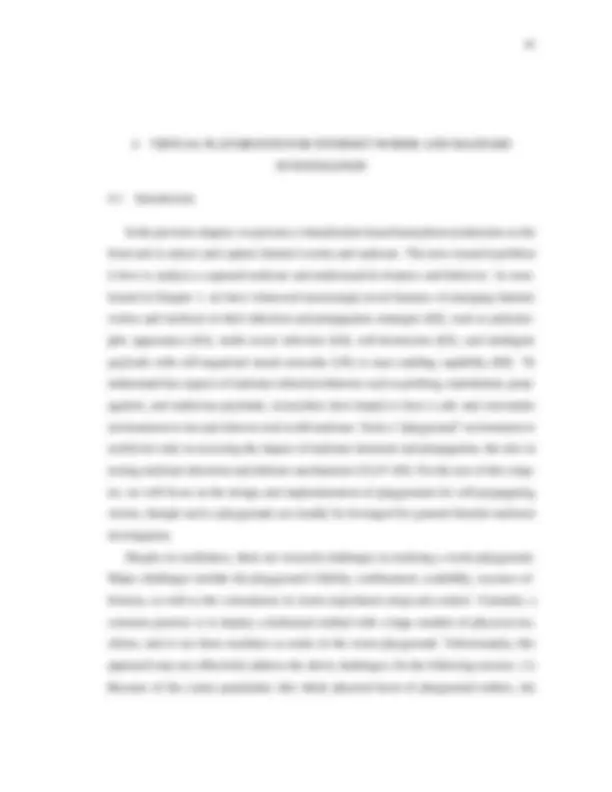
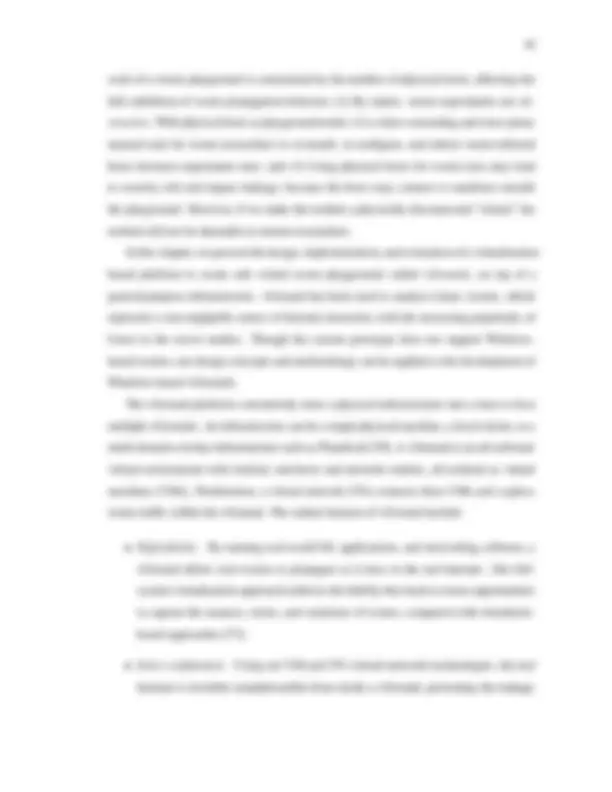
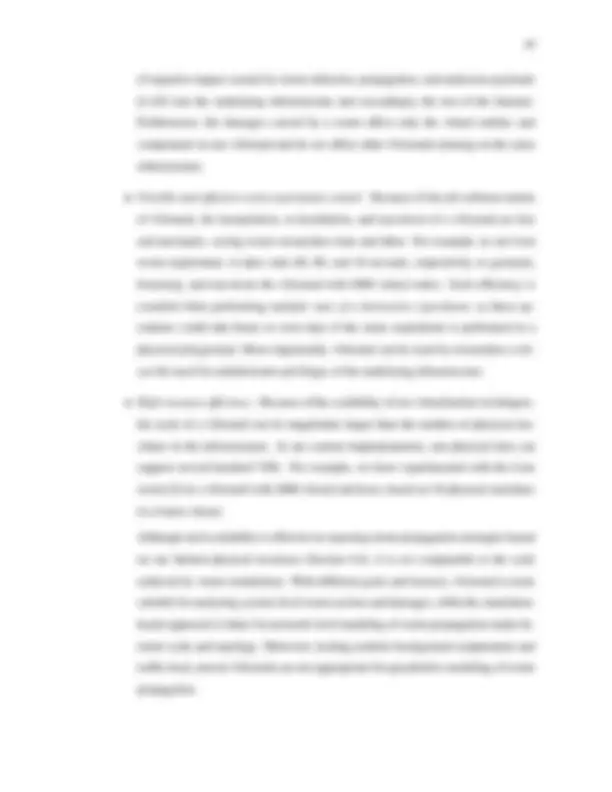
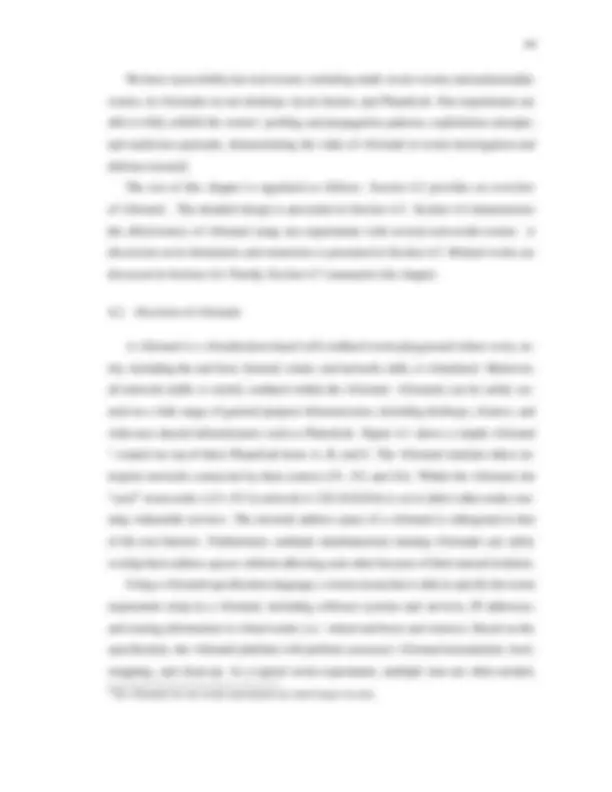
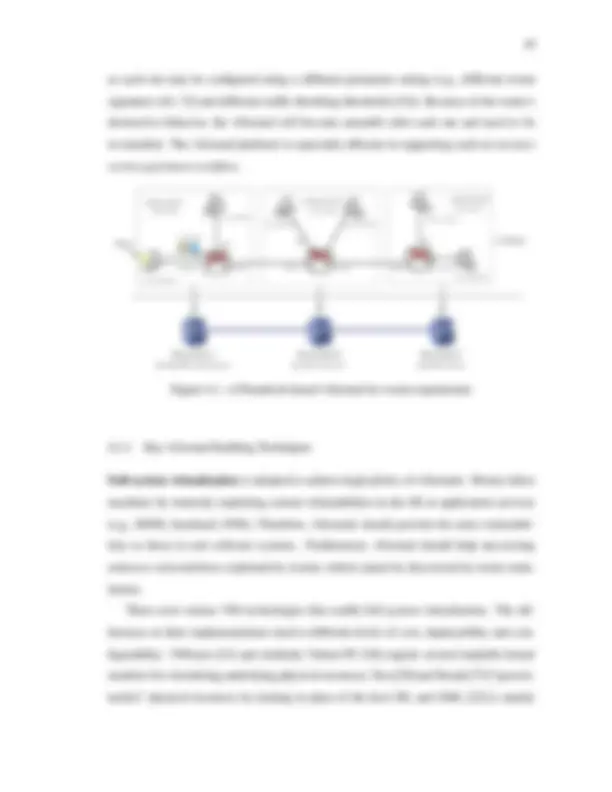
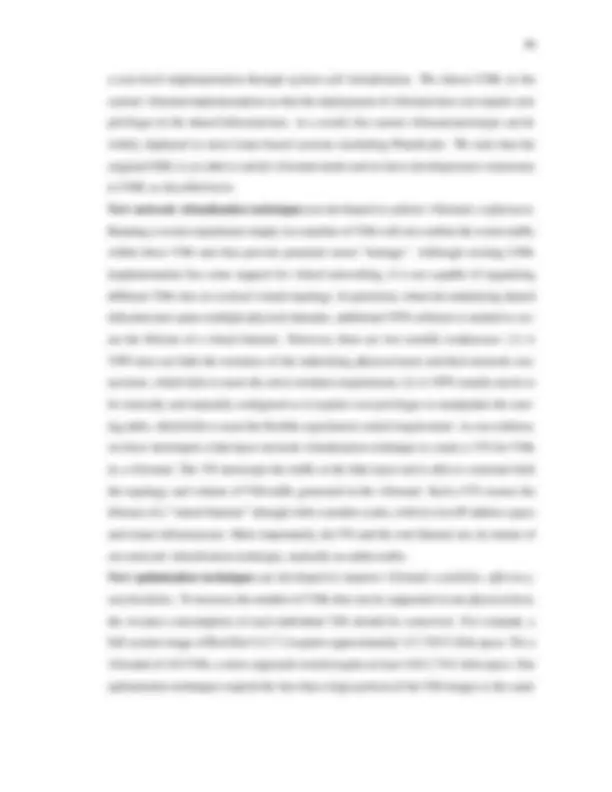
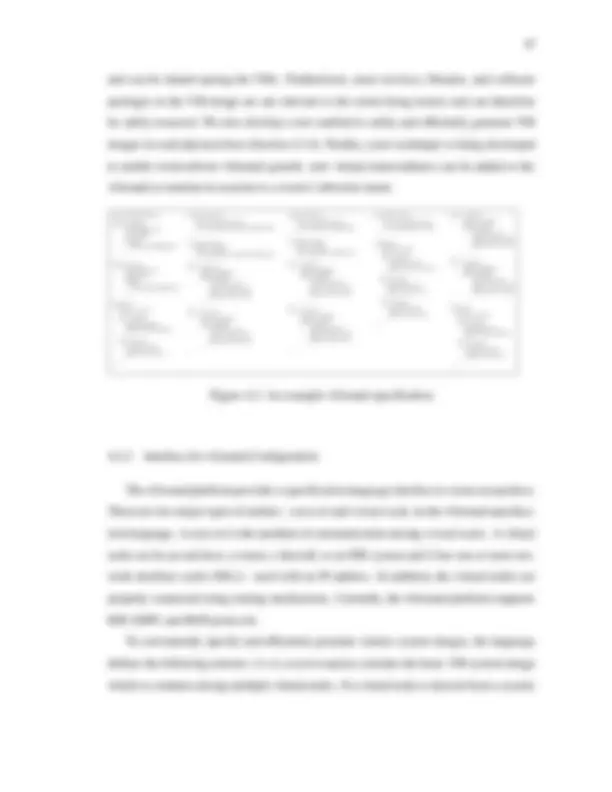
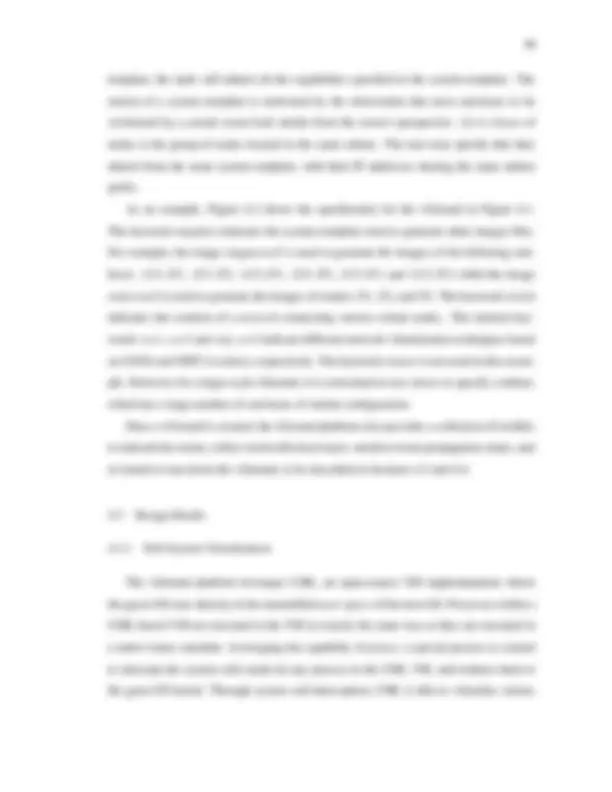
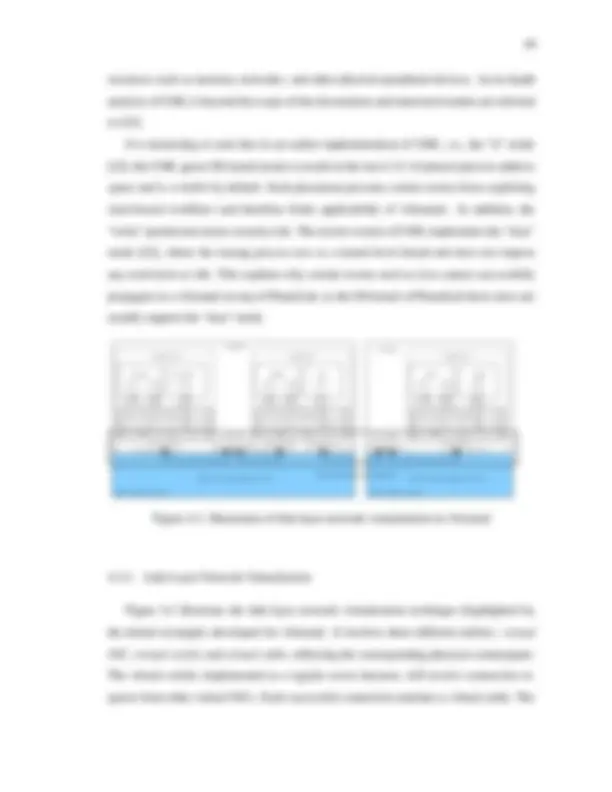
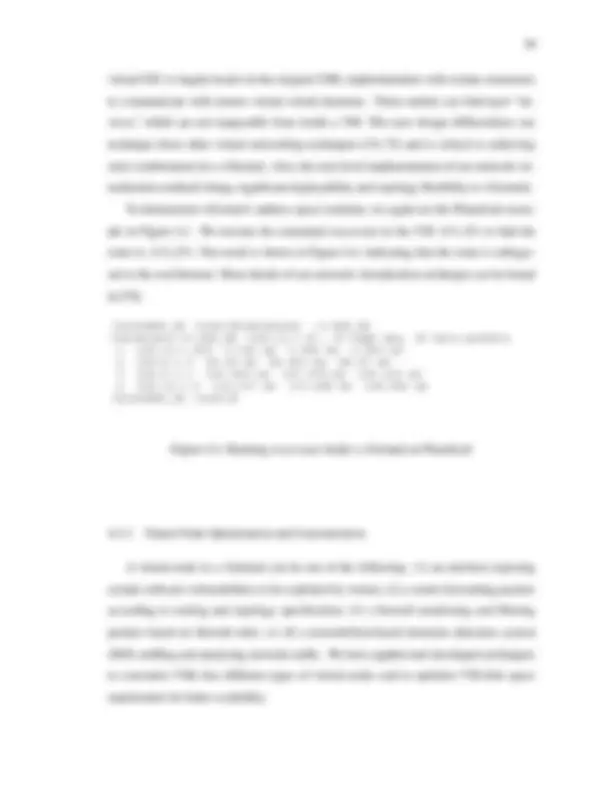
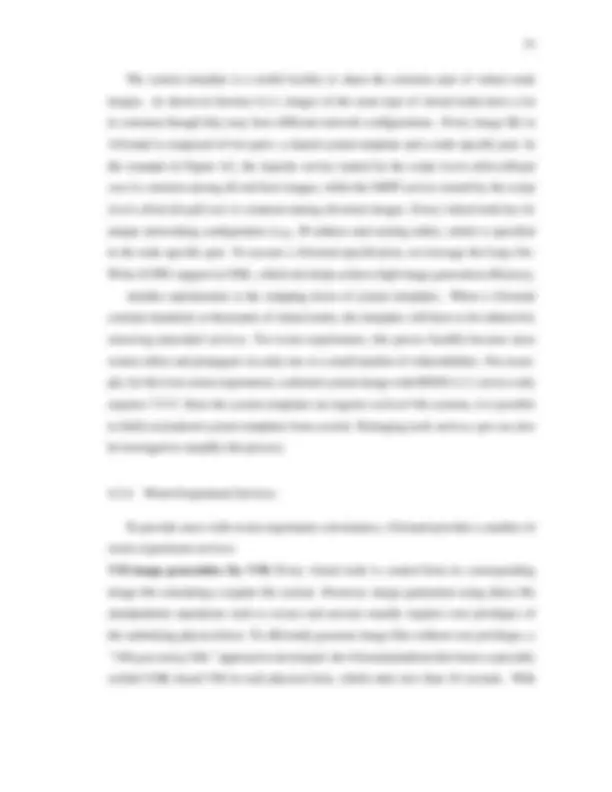
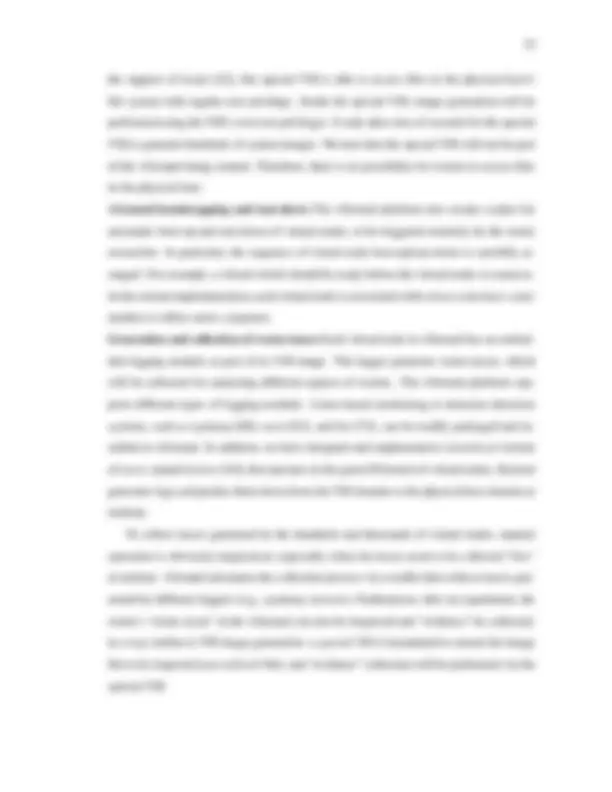
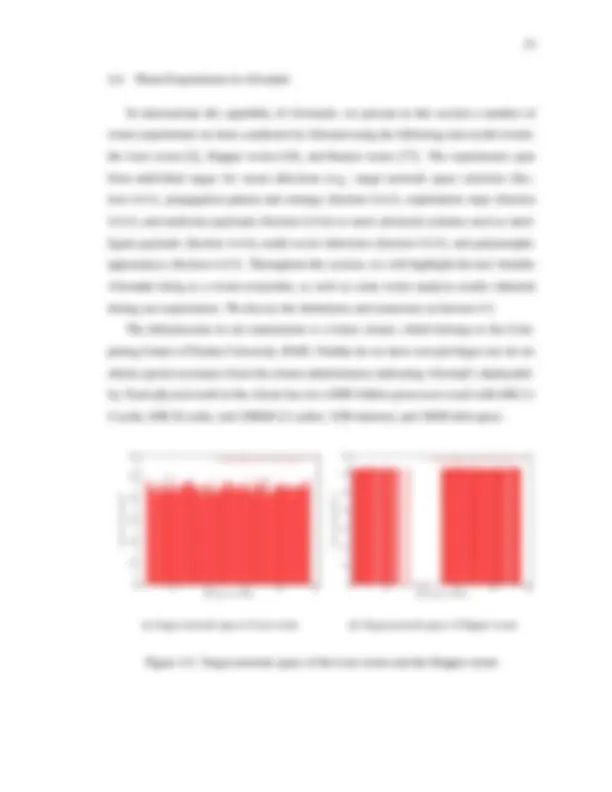
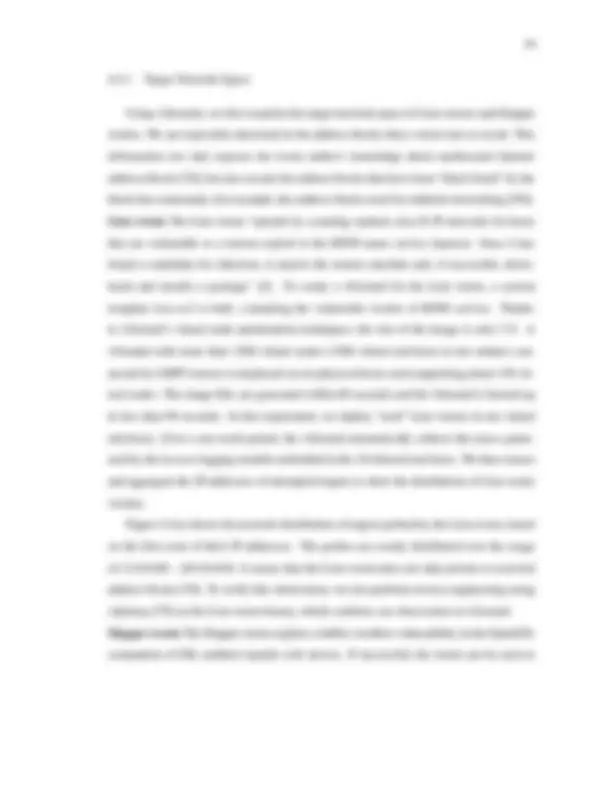
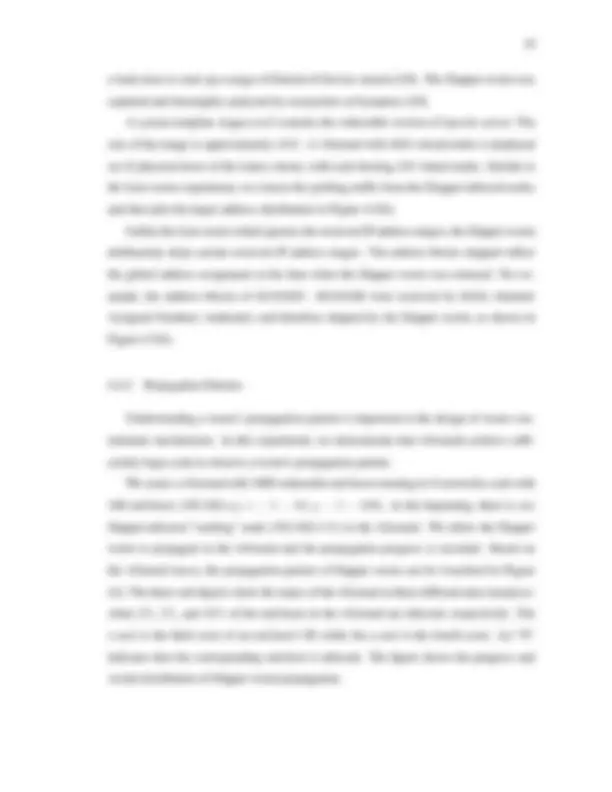
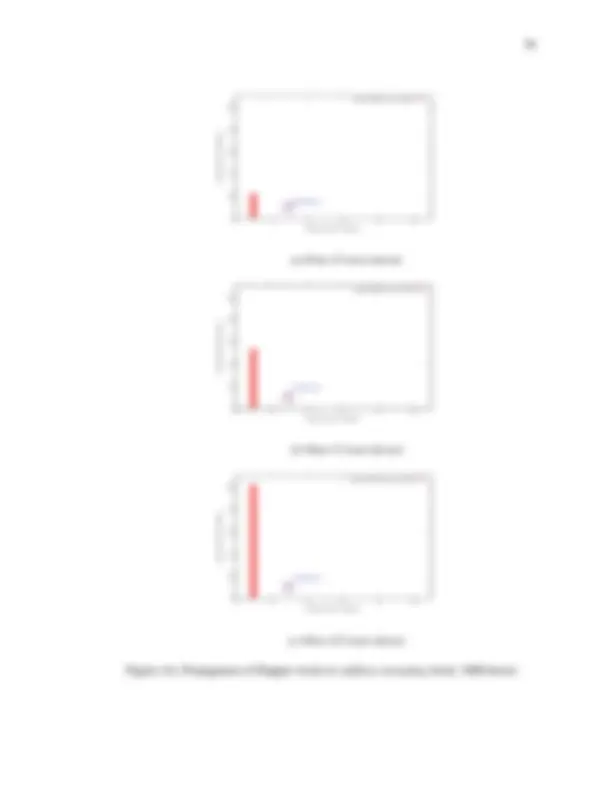
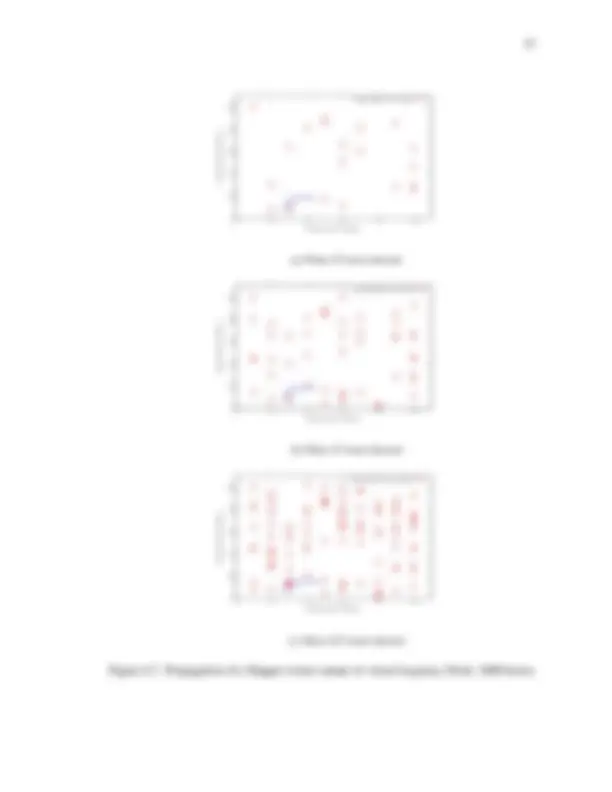
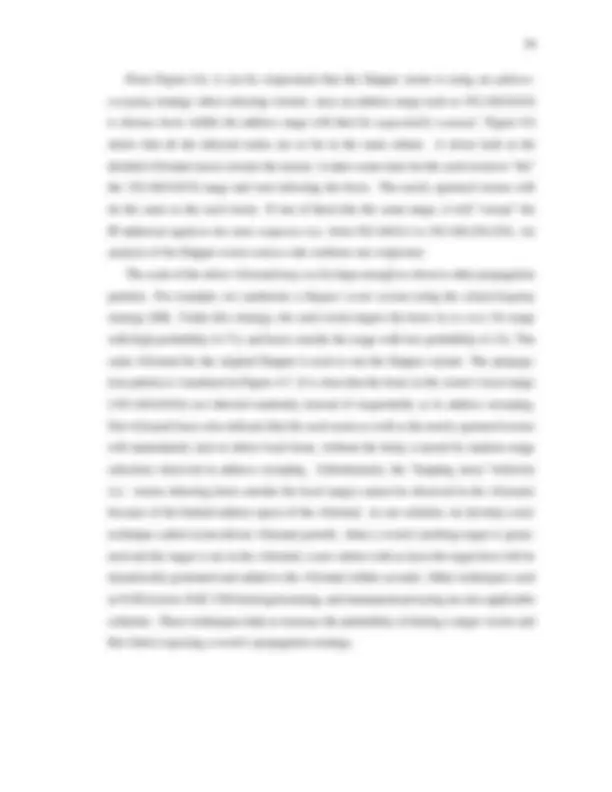
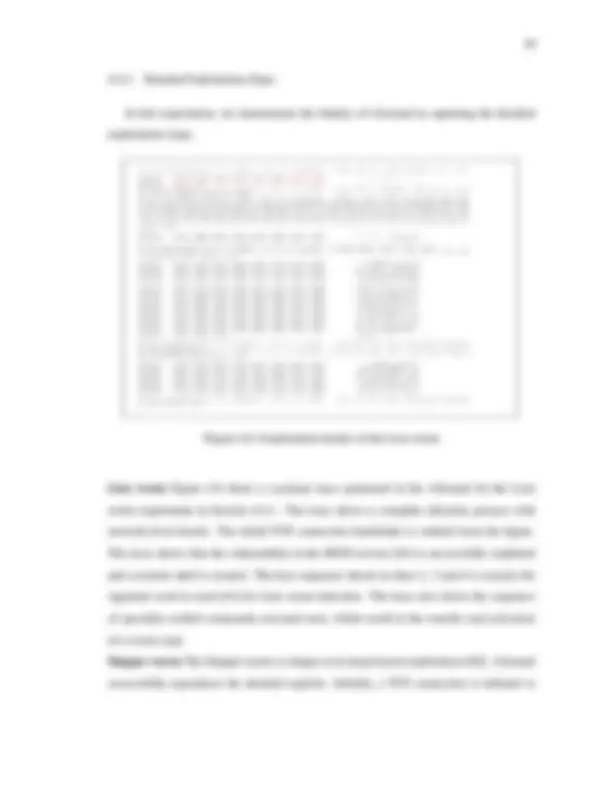
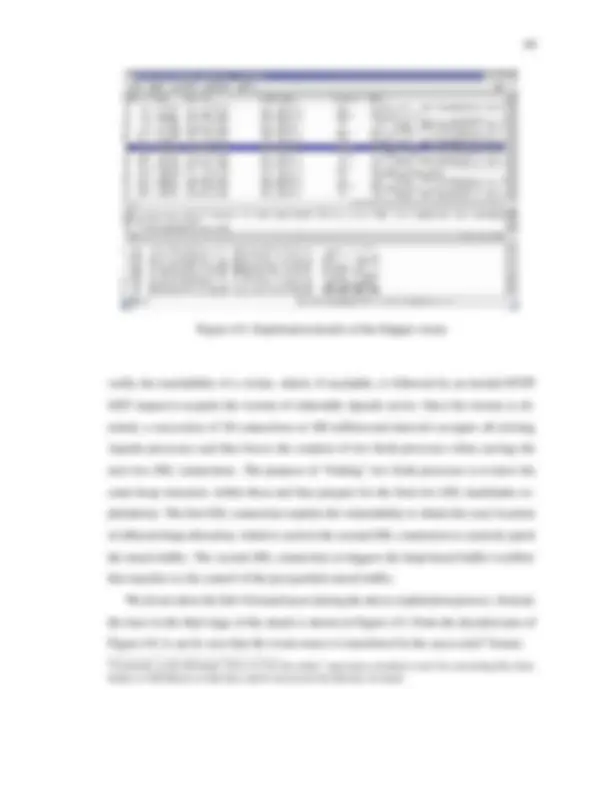
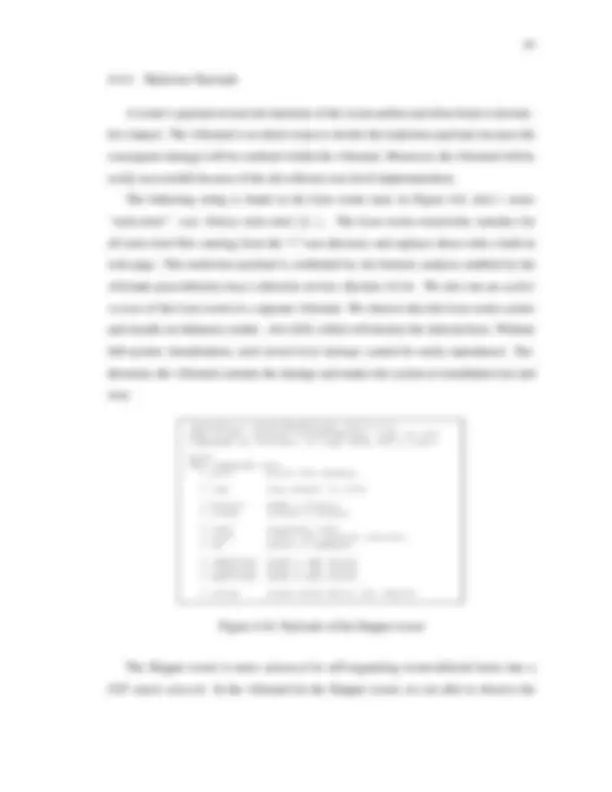
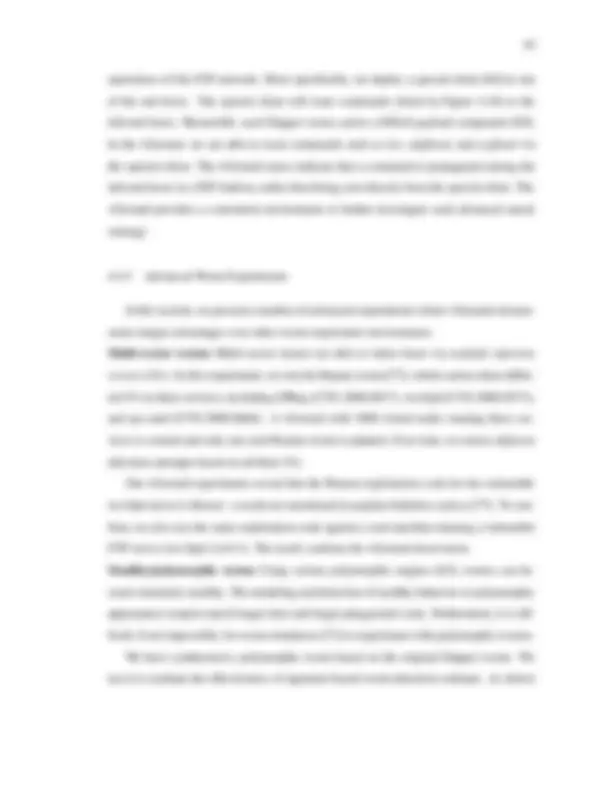
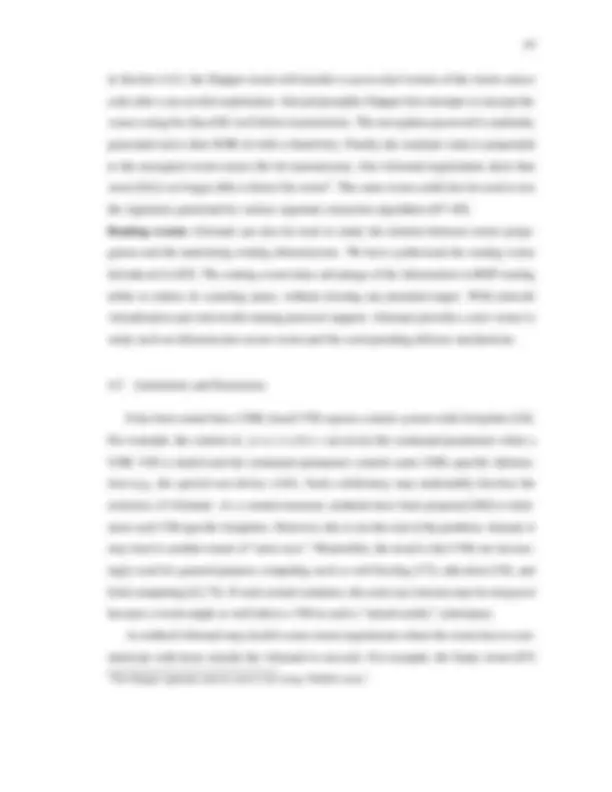
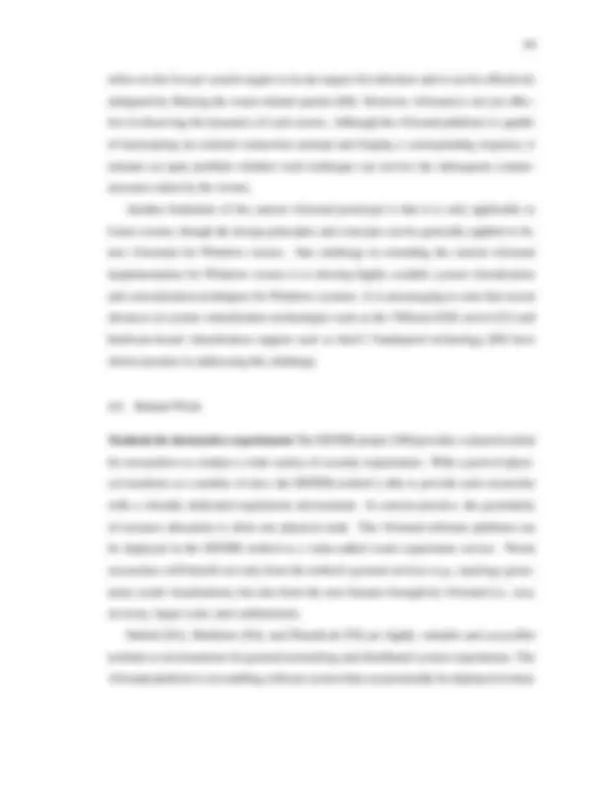
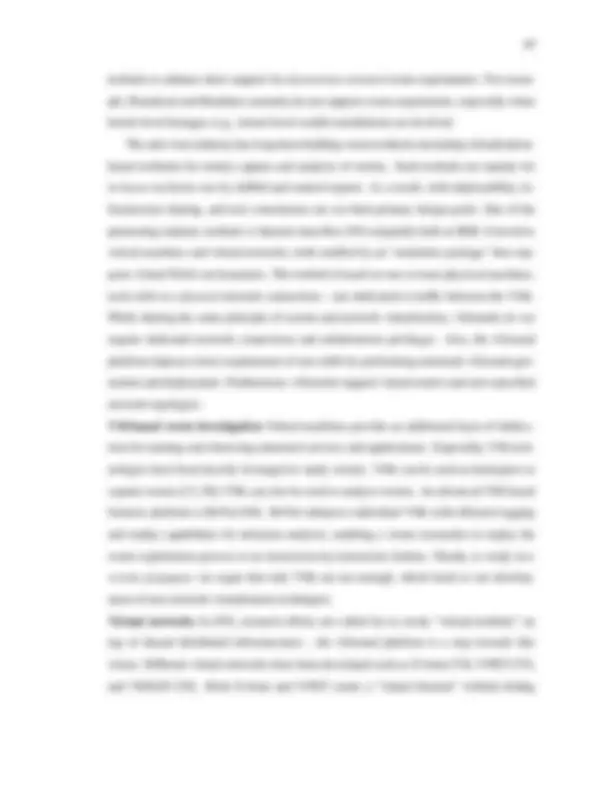
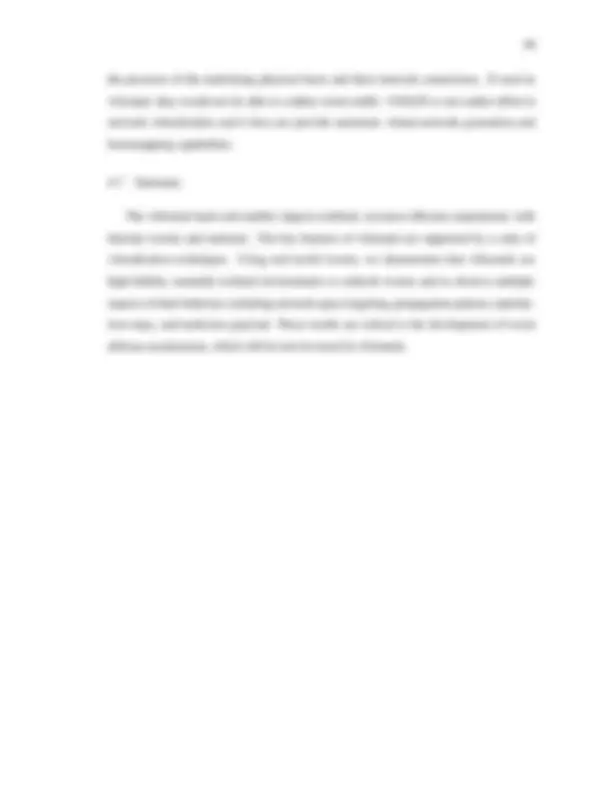
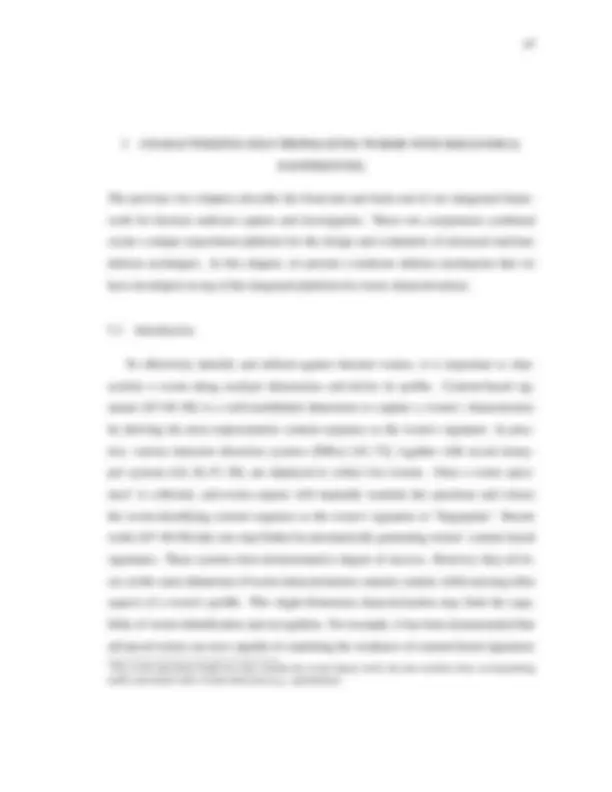
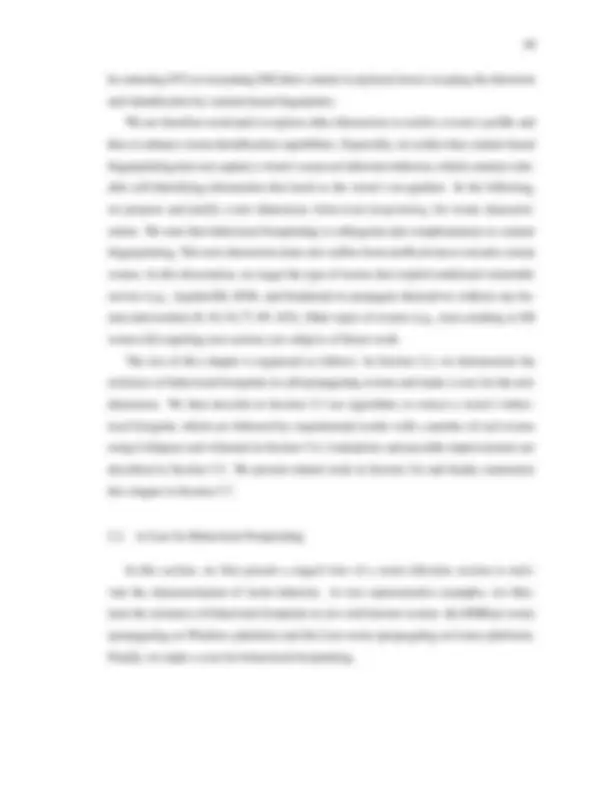
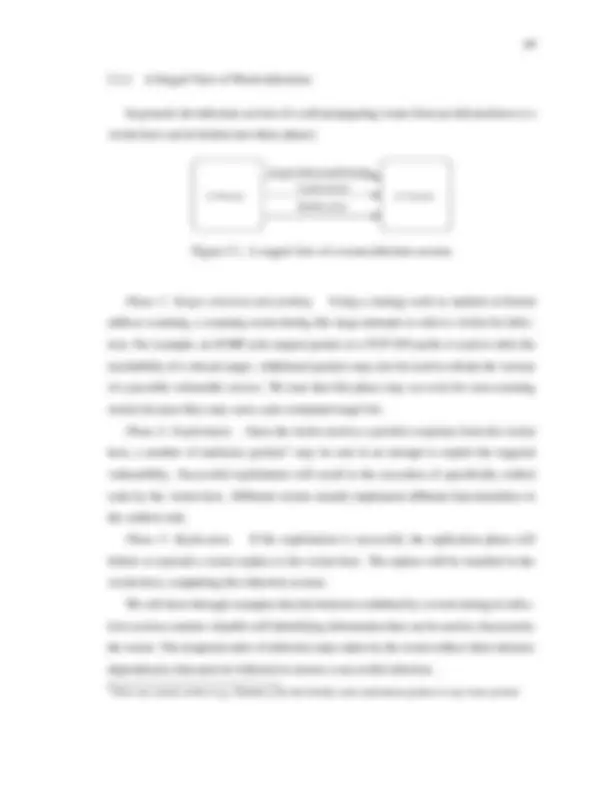
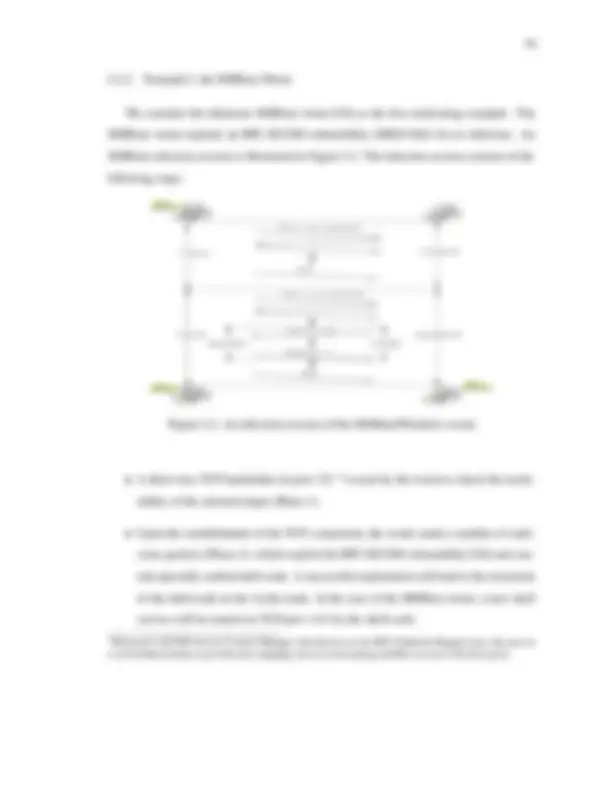
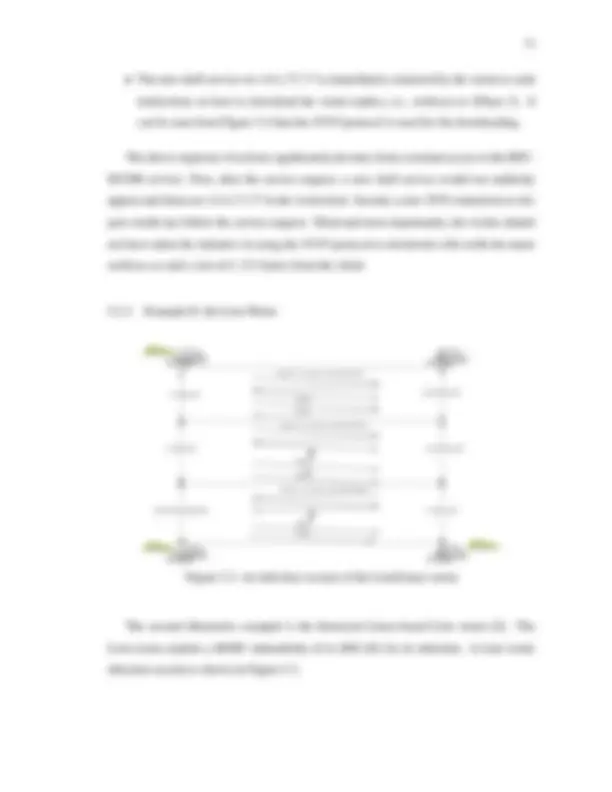
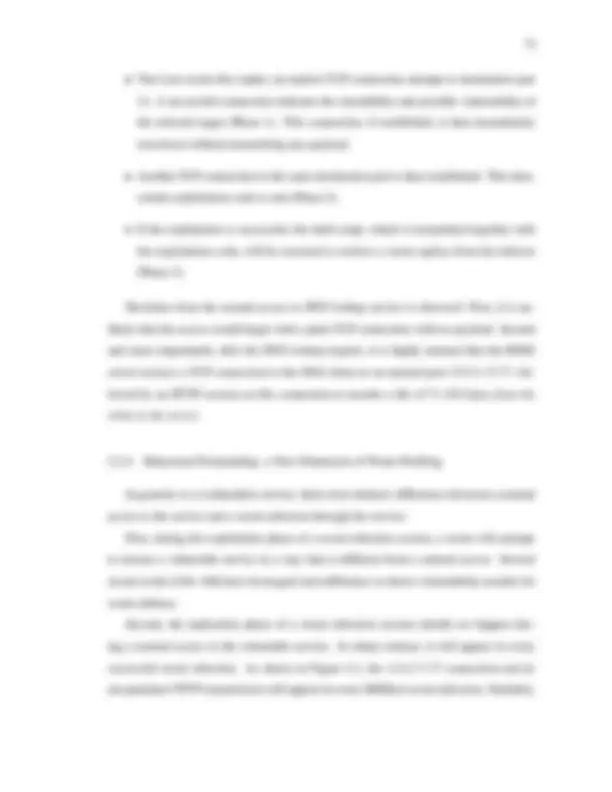
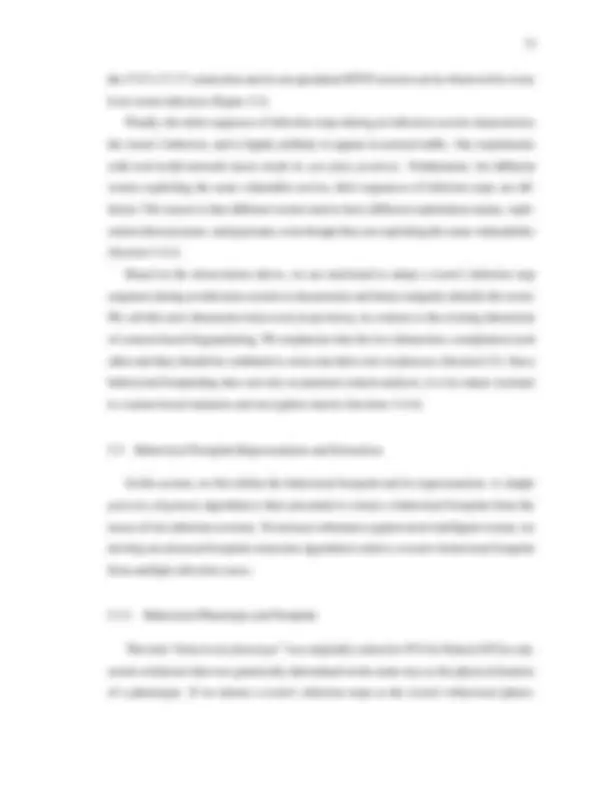
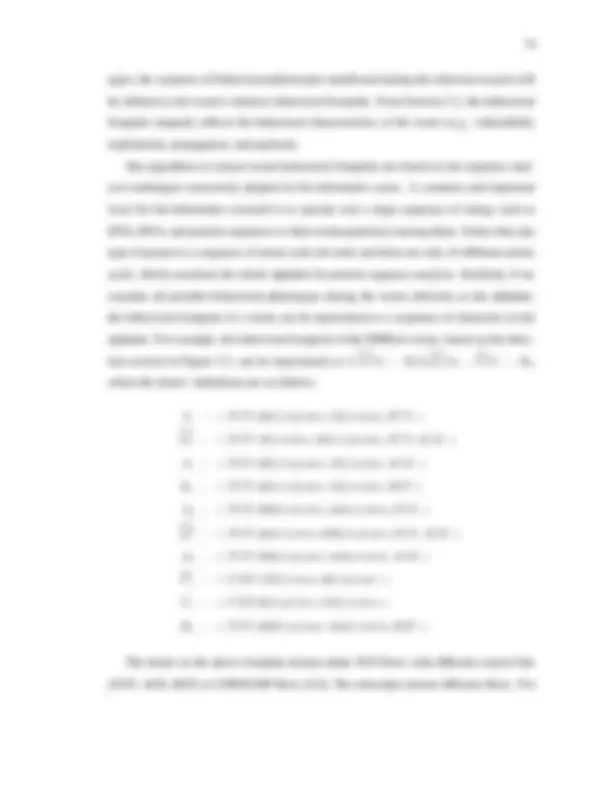
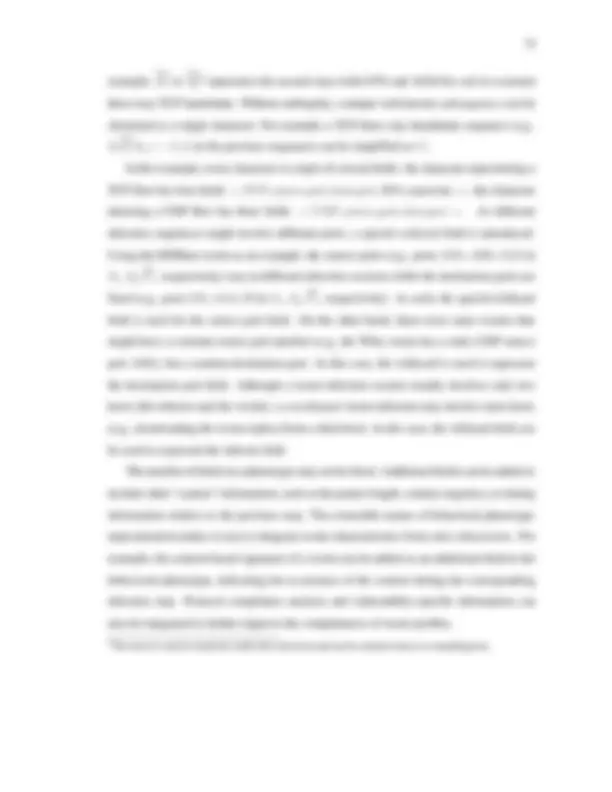
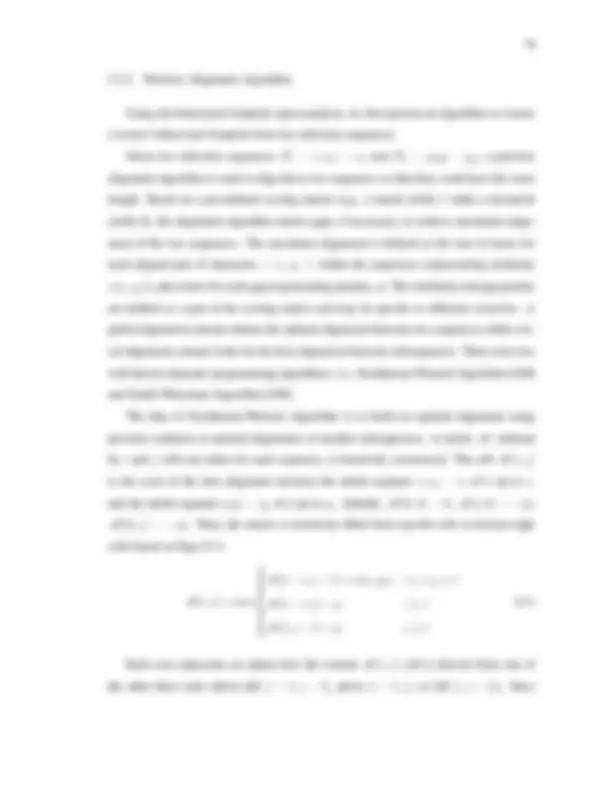
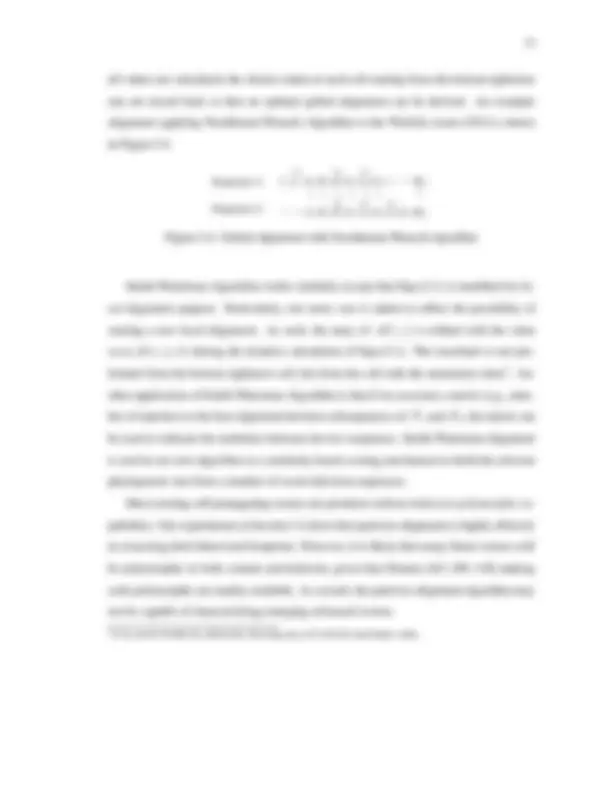
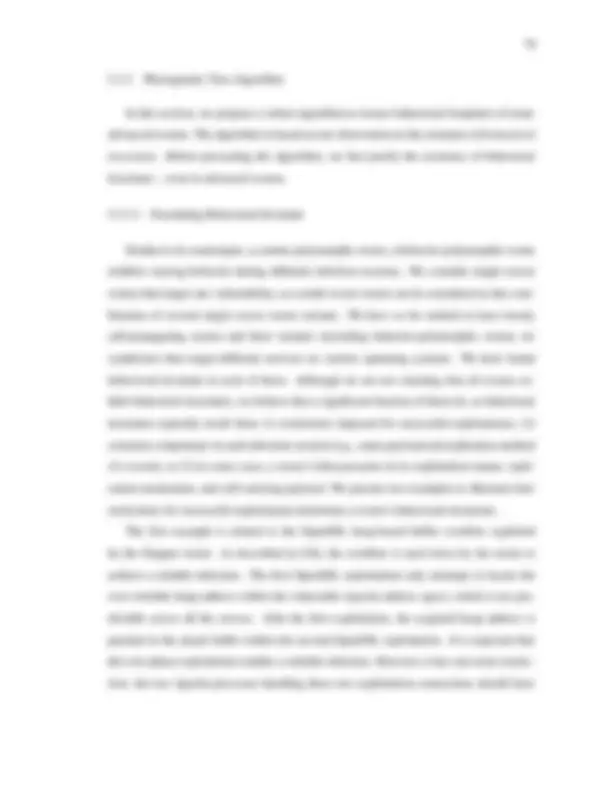
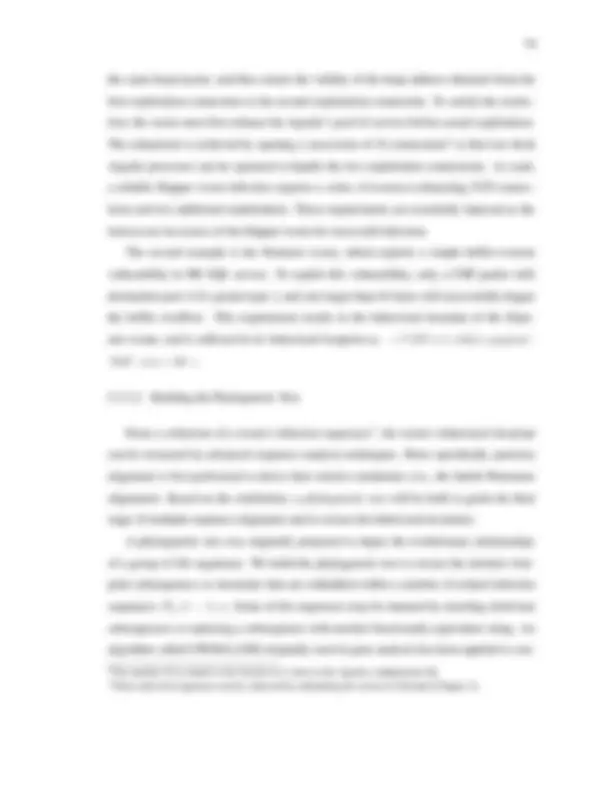
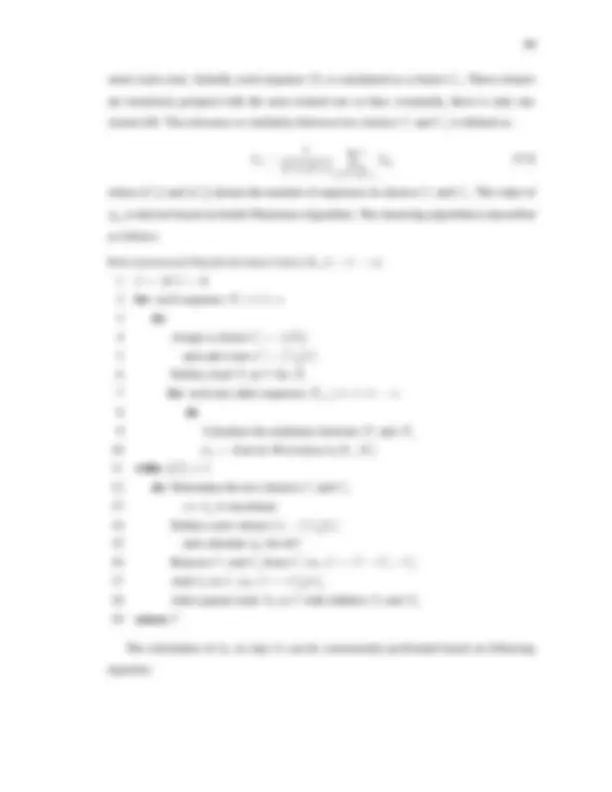
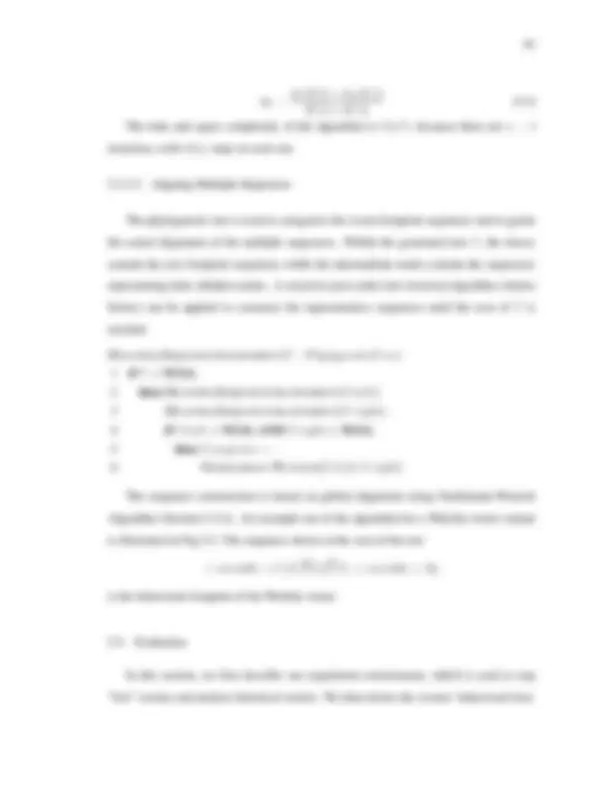
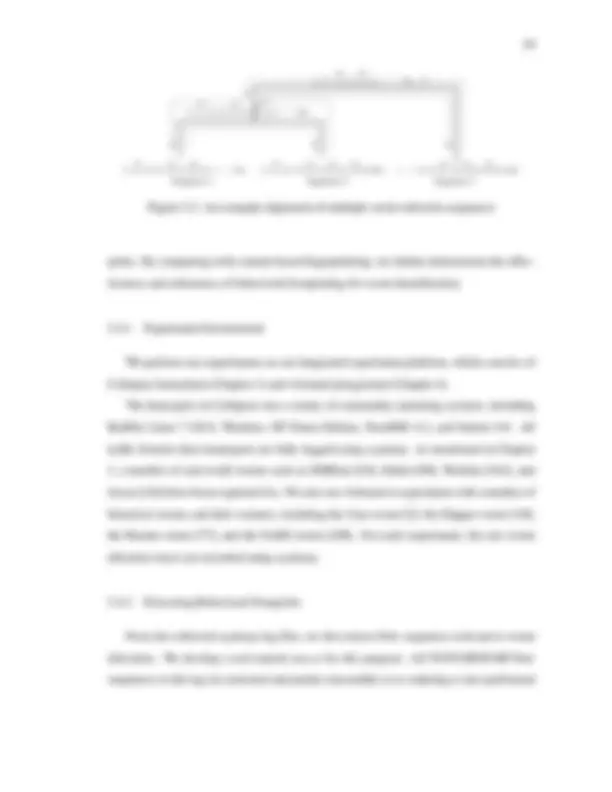
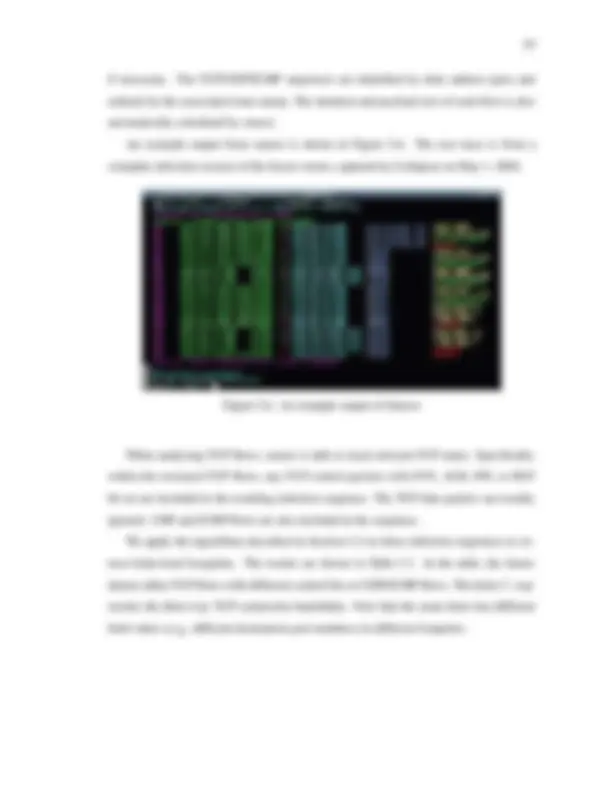
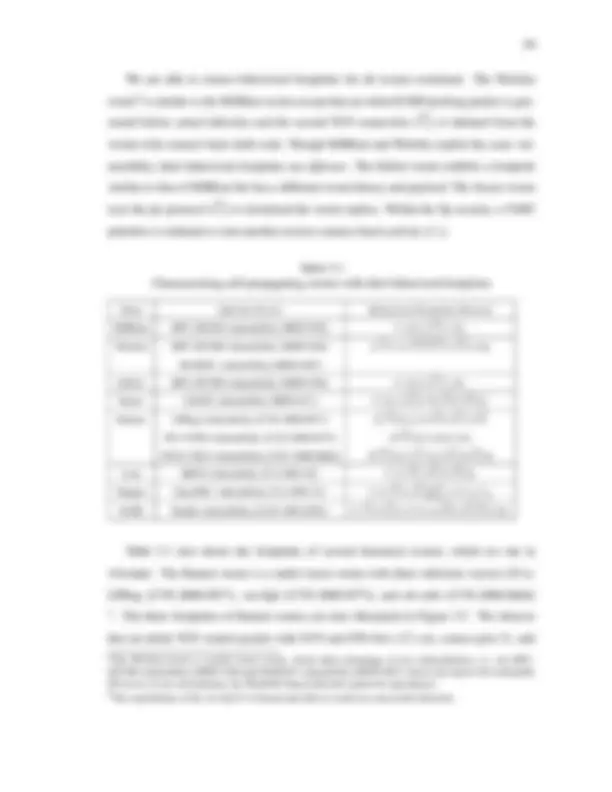
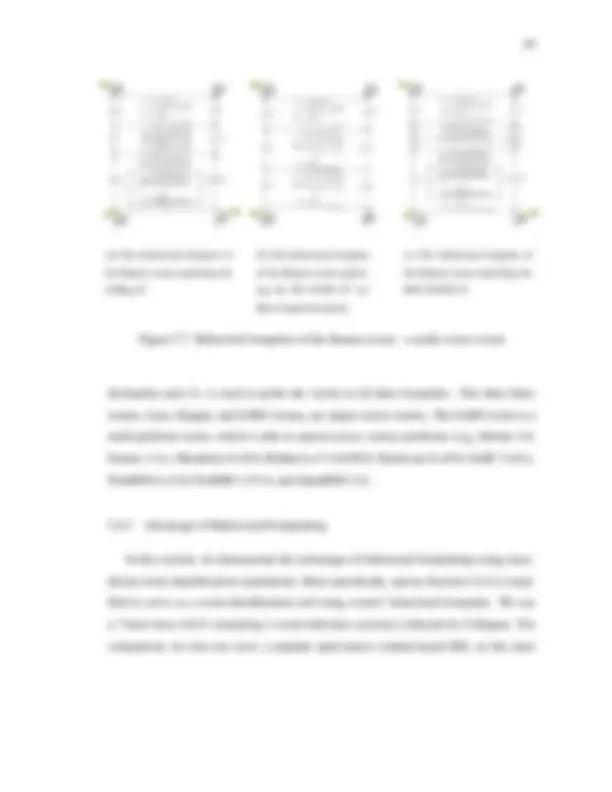
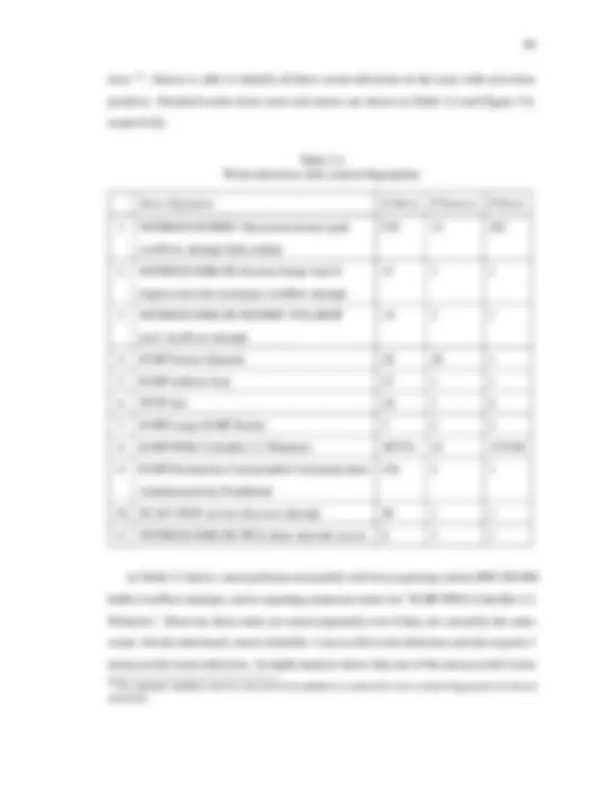
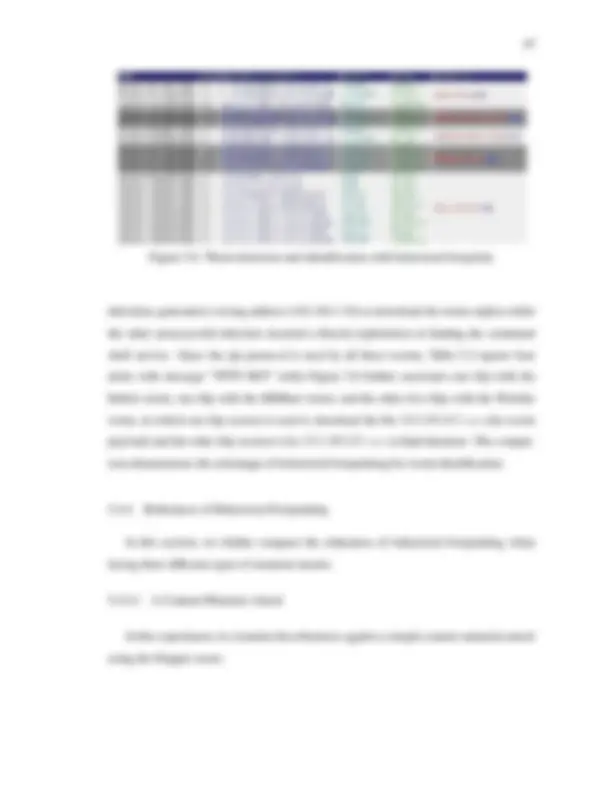


Study with the several resources on Docsity

Earn points by helping other students or get them with a premium plan


Prepare for your exams
Study with the several resources on Docsity

Earn points to download
Earn points by helping other students or get them with a premium plan
Community
Ask the community for help and clear up your study doubts
Discover the best universities in your country according to Docsity users
Free resources
Download our free guides on studying techniques, anxiety management strategies, and thesis advice from Docsity tutors
Ph.D., Purdue University, August, 2006. Enabling Internet Worms and. Malware Investigation and Defense Using Virtualization. Major Professor: Dongyan Xu.
Typology: Lecture notes
1 / 154

This page cannot be seen from the preview
Don't miss anything!





























































































CERIAS Tech Report 2006- ENABLING INTERNET WORMS AND MALWARE INVESTIGATION AND DEFENSE USING VIRTUALIZATION
by Xuxian Jiang Center for Education and Research in Information Assurance and Security, Purdue University, West Lafayette, IN 47907-
A Dissertation Submitted to the Faculty of Purdue University by Xuxian Jiang
In Partial Fulfillment of the Requirements for the Degree of Doctor of Philosophy
August 2006
Purdue University West Lafayette, Indiana
iii
It is a daunting task for me to enumerate, let alone repay, all those to whom I am indebted for their great assistance during my years at Purdue. In the following, I will mention a few despite inevitable omissions. First, I would like to thank my major advisor, Professor Dongyan Xu, in providing an energizing research environment and patiently motivating and supporting me during my graduate study at Purdue. Professor Xu has touched almost every aspect of my life in a positive way and I could not have asked for a more supportive and engaging mentor. Second, I would like to thank Professors Eugene H. Spafford, Mikhail (“Mike”) Atal- lah, Ninghui Li, Tony Hosking, and David K Y Yau for their time and efforts serving on my Ph.D. thesis committee and giving me valuable advice. In particular, I am deeply in- debted to Professor Spafford for his great shepherding and detailed feedbacks throughout my Ph.D. research. I would also like to thank Professors Xiaojun Lin and Ninghui Li for their constructive suggestions to improve my presentation and Professor Cristina Nita- Rotaru for kindly offering me an opportunity as a CERIAS seminar speaker. All of your support and guidance have significantly helped me make research progress and advance my professional career. West Lafayette is a nice and quiet place without much distraction. However, daily life for young graduate students such as myself would be quite mundane were it not for the constant interactions with my office mates, colleagues, and friends here. Yu (Jerry) Dong, Heung-Keung (Johnny) Chai, Wu Yan, Paul Ruth, Aaron Walters, Florian Buchholz, Jen- Yeu Chen, Gang Ding, Junghwan Rhee, and Ryan Riley are great friends and I greatly enjoy our time together. Our spontaneous and stimulating discussions on various topics
iv
from time to time provided much-needed inspiration and laughter, beneficial to both my work and life. I am indebted to my colleagues in industry, especially Yi-Min Wang, Helen J. Wang, Shuo Chen, and Doug Beck at Microsoft Research and Rong N. Chang, Christopher Ward, Melissa J. Buco, and Laura Z. Luan at IBM Research, for providing me with an avenue of technical exploration outside the confines of Purdue and exposing me to the commercial realities of industry research. I hope you found our work together as rewarding as I did. William J. Gorman, Amy Ingram, Mike Motuliak, Linda Byfield, and all other staff members of the Department of Computer Science also deserve my gratitude. I still re- member Dr. Gorman opened the door for me one weekend when I locked myself out of my office and left my interview materials inside. Amy patiently answered course regis- tration questions that I repeatedly asked every semester during the last three years. Mike cleaned up my laptop monitor many times and Linda helped me fill out numerous travel forms. I appreciate all of your help! Finally, I can not over-emphasize the importance of the persistent support and warm encouragement from my loving and beautiful wife Xining. Also, I must admit that I enormously enjoyed the distraction from my two kids – Matthew and Grace, ever since they were born.
vii
ix
Table Page 5.1 Characterizing self-propagating worms with their behavioral footprints.. 84 5.2 Worm detection with content fingerprints................. 86 5.3 Snort signatures for the Slapper worm................... 88 6.1 A simplified color diffusion model..................... 101 6.2 LMBench results showing low process coloring overhead......... 109 6.3 Statistics of process coloring log in three worm experiments....... 110
xii
Jiang, Xuxian. Ph.D., Purdue University, August, 2006. Enabling Internet Worms and Malware Investigation and Defense Using Virtualization. Major Professor: Dongyan Xu.
Internet worms and malware remain a threat to the Internet, as demonstrated by a num- ber of large-scale Internet worm outbreaks, such as the MSBlast worm in 2003 and the Sasser worm in 2004. Moreover, every new wave of outbreak reveals the rapid evolution of Internet worms and malware in terms of infection speed, virulence, and sophistica- tion. Unfortunately, our capability to investigate and defend against Internet worms and malware has not seen the same pace of advancement. In this dissertation, we present an integrated, virtualization-based framework for mal- ware capture, investigation and defense. This integrated framework consists of a front- end and a back-end. The front-end is a virtualization-based honeyfarm architecture, called Collapsar, to attract and capture real-world malware instances from the Internet. Collapsar is the first honeyfarm that virtualizes full systems and enables centralized management of honeypots while preserving their distributed presence. The back-end is a virtual malware “playground,” called vGround, to perform destruction-oriented experiments with captured malware or worms, which were previously expensive, inefficient, or even impossible to conduct. On top of the integrated framework, we have developed a number of defense mecha- nisms from various perspectives. More specifically, based on the unique infection behav- ior of each worm we run in vGround, we define a behavioral footprinting model for worm profiling and identification, which complements the state-of-the-art content-based signa- ture approach. We also develop a provenance-aware logging mechanism, called process coloring, that achieves higher efficiency and accuracy than existing systems in revealing malware break-ins and contaminations.
1.1 Background and Problem Statement
Internet worms and malware remain a threat to the Internet, as demonstrated by a number of large-scale Internet worm outbreaks, such as the MSBlast worm in 2003 and the Sasser worm in 2004. Moreover, every new wave of outbreak reveals the rapid evolu- tion of Internet worms and malware with respect to their infection speed, virulence, and sophistication. Examples of malware capabilities include infecting via multiple software vulnerabilities [2–4]; propagating to a large machine population in tens of seconds [9]; planting “backdoors” in victim machines [2, 3]; installing malicious programs for spam relay [4] or personal information collection [2]; and forming botnets among victim ma- chines [10, 159]. Unfortunately, our capability to investigate and defend against Internet malware has not seen the same pace of advancement since the Code Red episode in mid-2001. The current approach of detection, characterization, and containment was developed to address the spread of file-based viruses, which mainly corrupt file contents, and has not changed significantly over the last five years. Furthermore, emerging Internet worms and malware are notably different from earlier file-based viruses in their infection methods, propagation means, and malicious payloads. As a result, advanced mechanisms are required to defend against emerging Internet worms and malware. In this dissertation, we argue that our lack of thorough understanding of Internet worms and malware and of corresponding defense techniques is partially due to the absence of systematic experimental platform and scientific methodology for observing, investigat- ing, and modeling Internet worms and malware. Such platform and the corresponding methodology should help answer the following questions: How to monitor the health of the Internet and generate timely attack alerts? Once an alert is generated, how to trace
1.2 Dissertation Contributions
The contributions of this dissertation are three-fold: malware capture, malware inves- tigation, and malware defense.
malware forensics, we have designed and implemented a provenance-aware logging mechanism called process coloring [16] to accurately and efficiently trace malware break-ins and contaminations.
1.3 Terminology
This section establishes terminology that is used throughout the rest of the dissertation. We inherit the same definitions for worm and virus by Eugene H. Spafford in 1989 [19]. The definition of honeypot is based on the definition by Lance Spitzner [20].
and process coloring, which are developed and evaluated on top of the integrated platform. We make concluding remarks and outline future work in Chapter 7.
In this chapter, we present an overview of our integrated framework, followed by a brief description of its three key components and their relation.
2.1 Framework Overview
System Randomization
Behavioral Footprinting
Contamination Tracking
Collapsar vGround Advanced Malware Defense Mechanisms
Reactive Defense
Proactive Defense
Malware Trap Front−End: Back−End: Malware Playground
Figure 2.1. An integrated framework for malware capture, investigation, and defense
Figure 2.1 shows the overall organization of the integrated framework. This framework has three main components: (1) a honeyfarm front-end for malware capture (Collapsar), (2) a back-end playground for malware investigation (vGround), and (3) a suite of malware defense mechanisms.